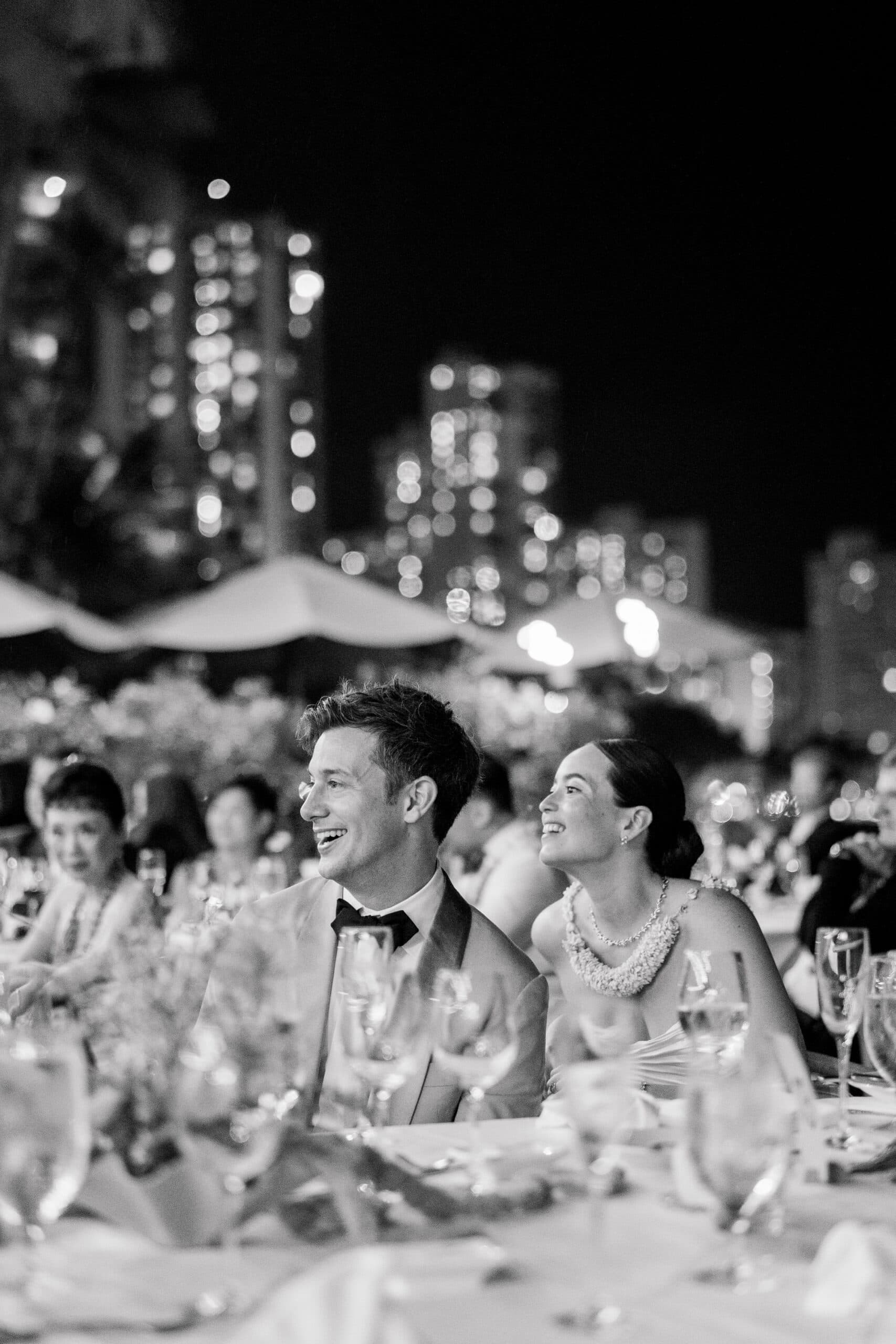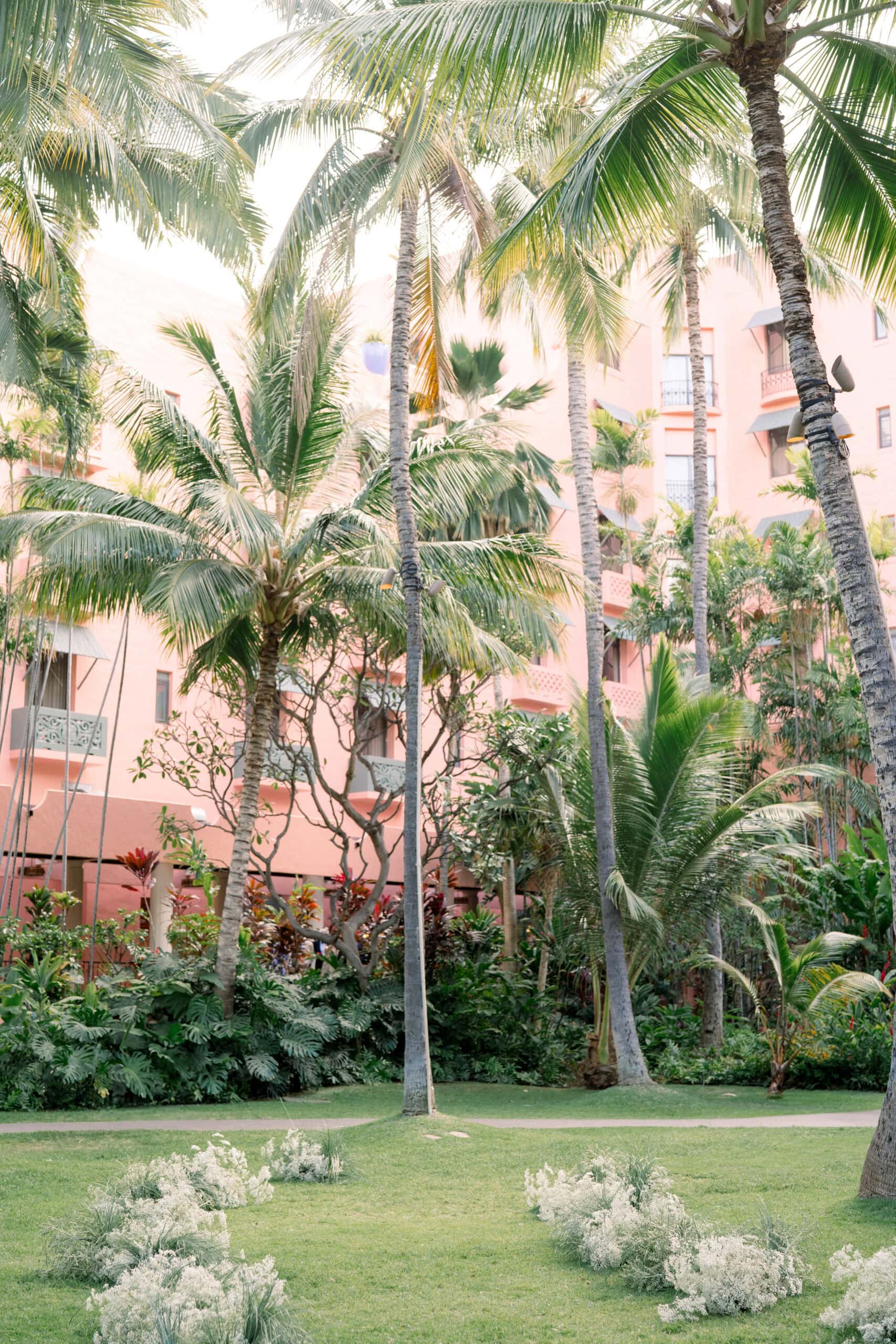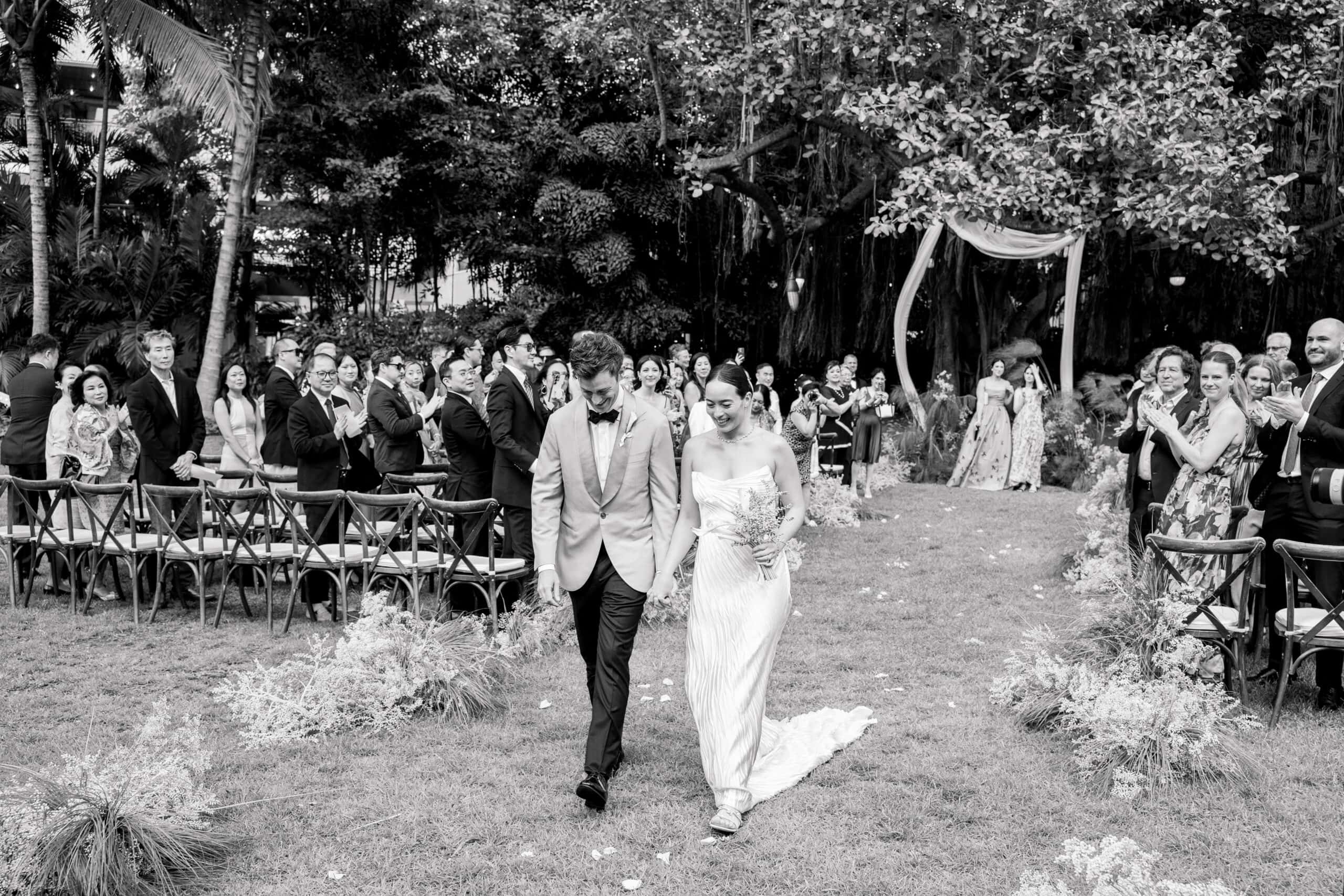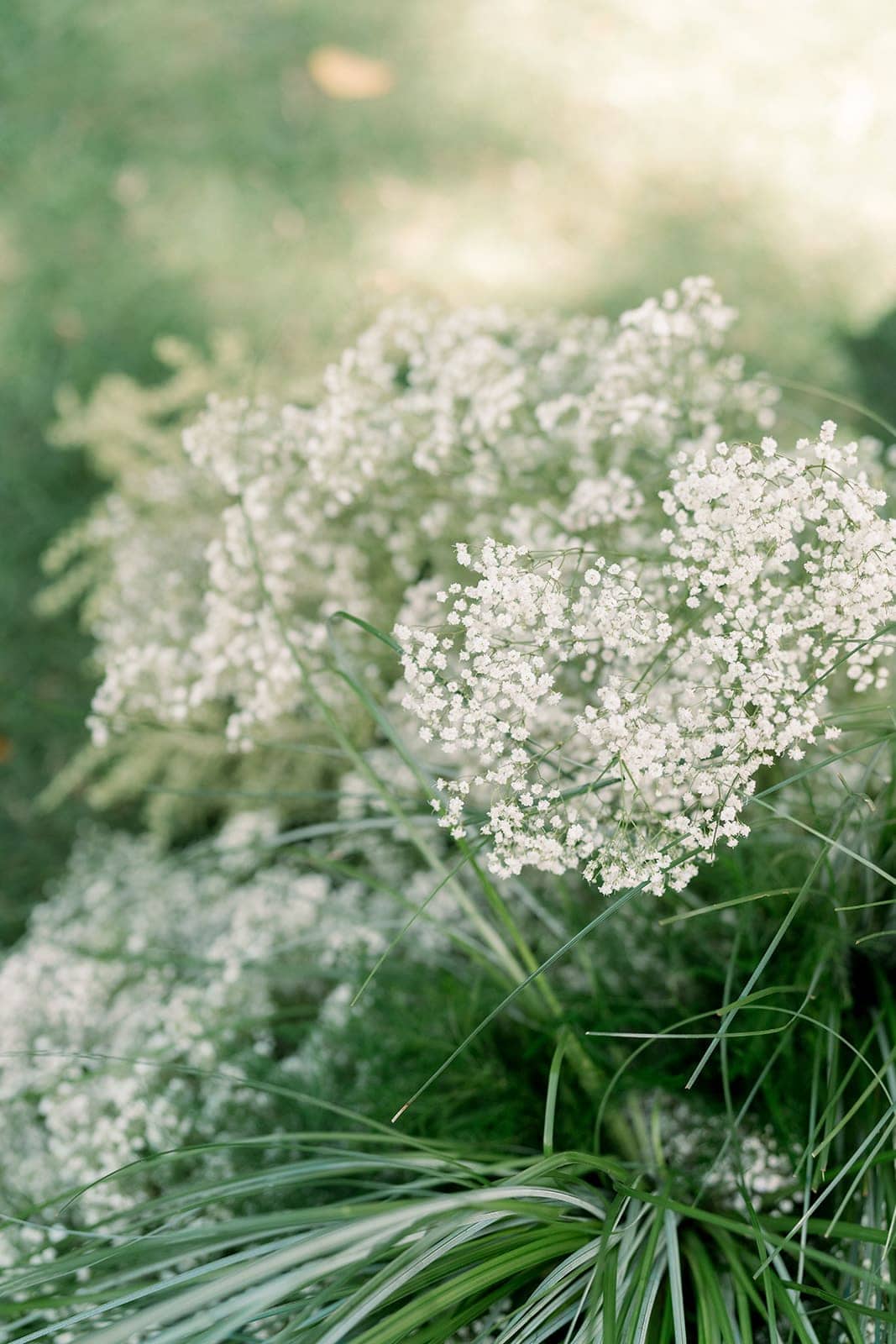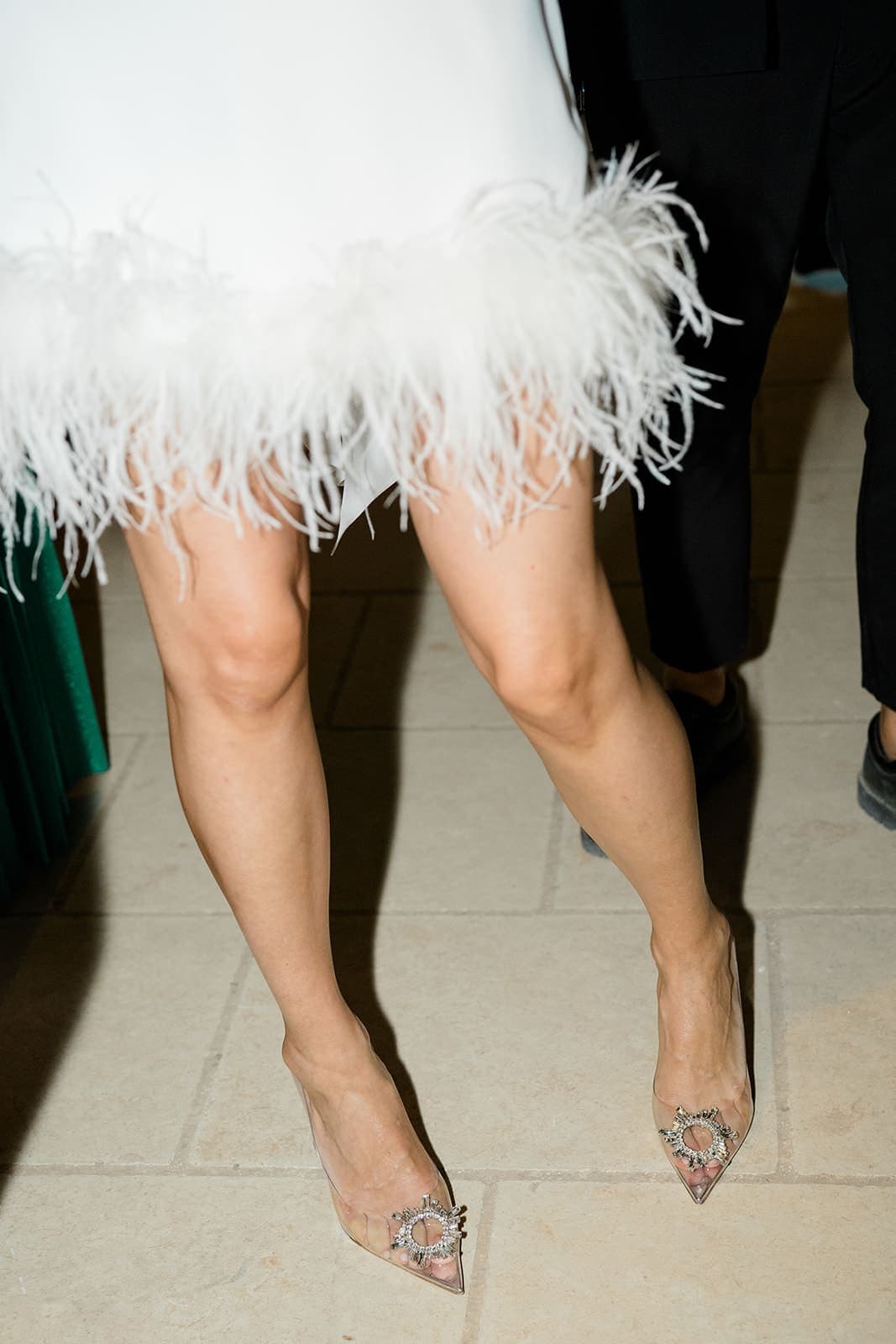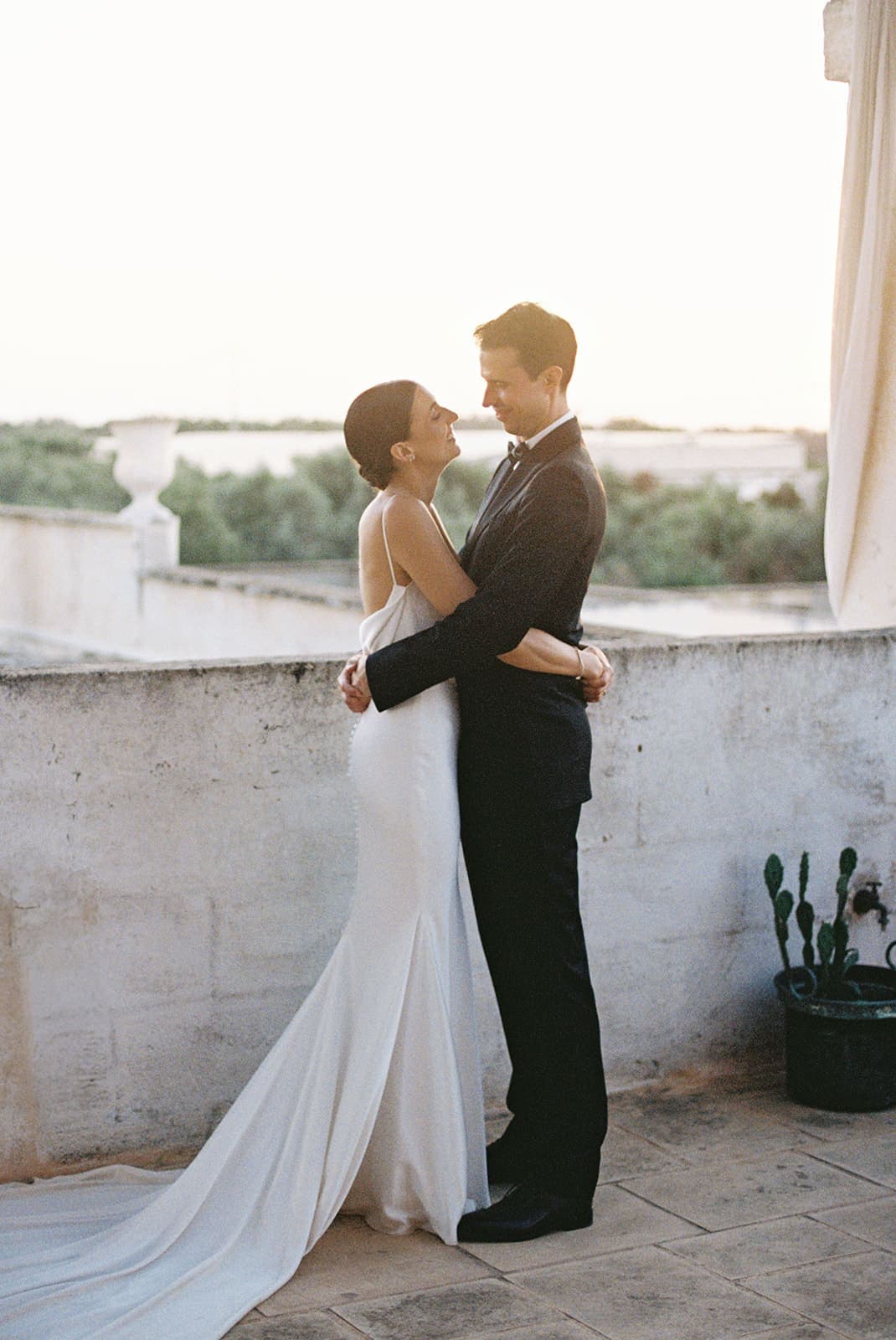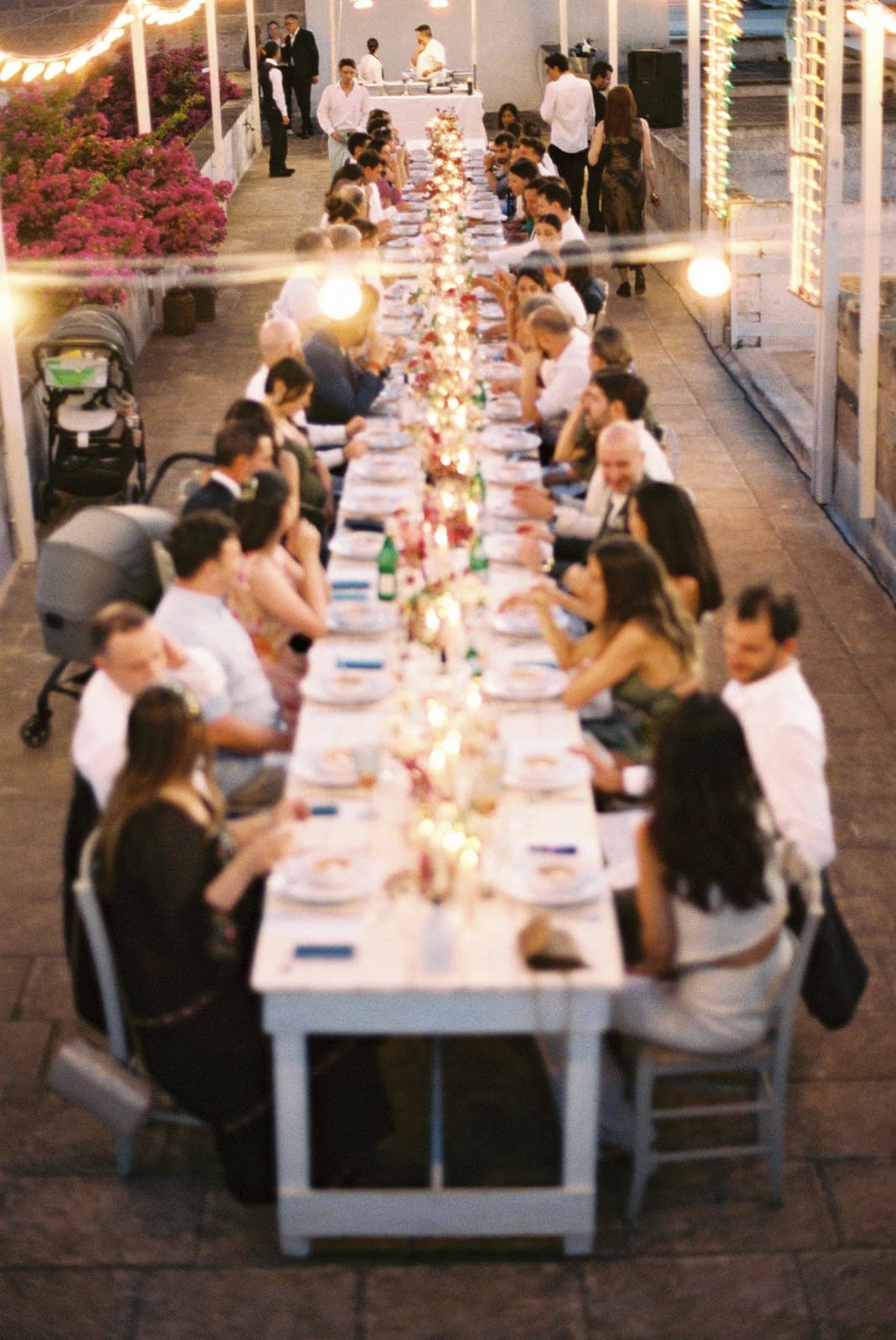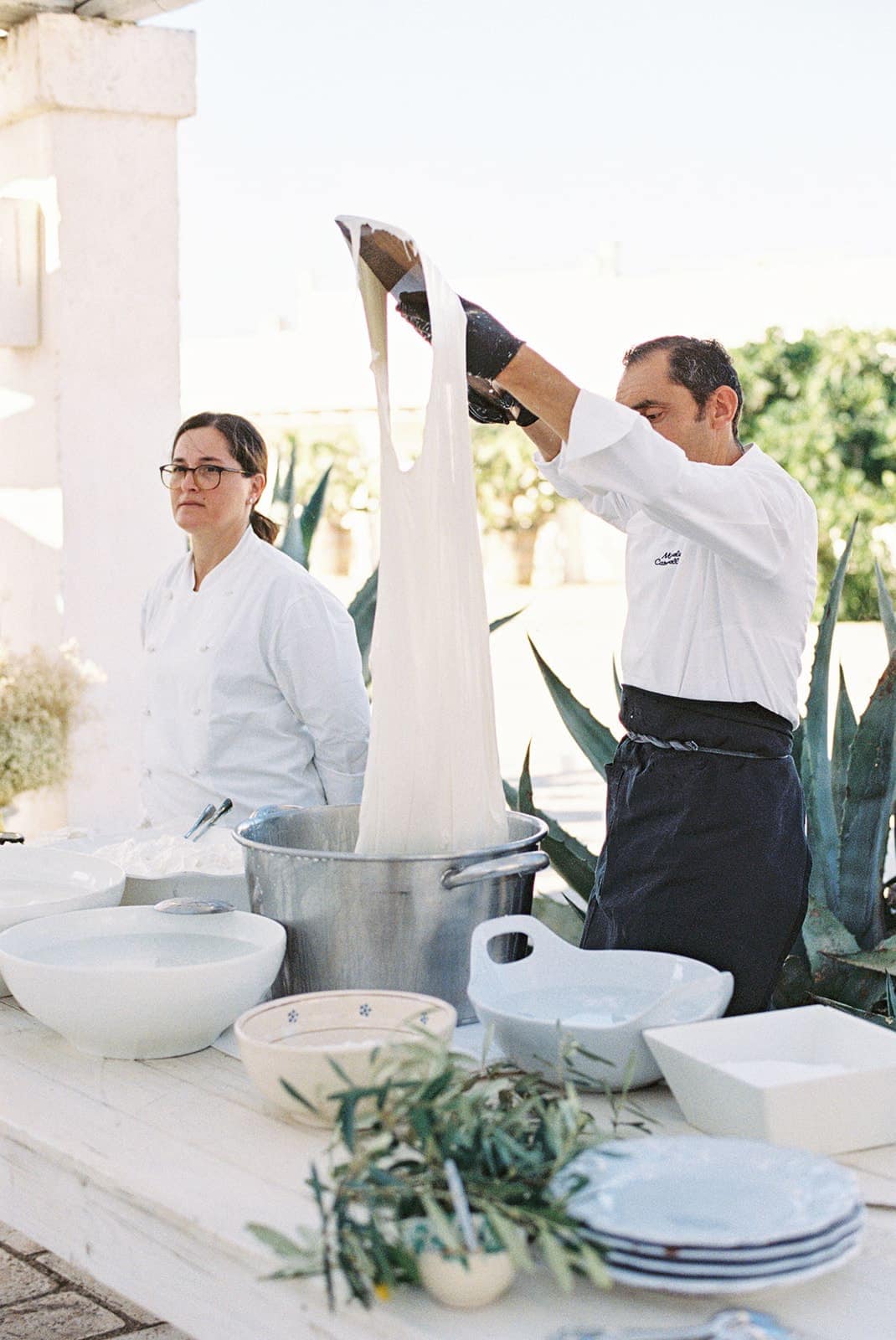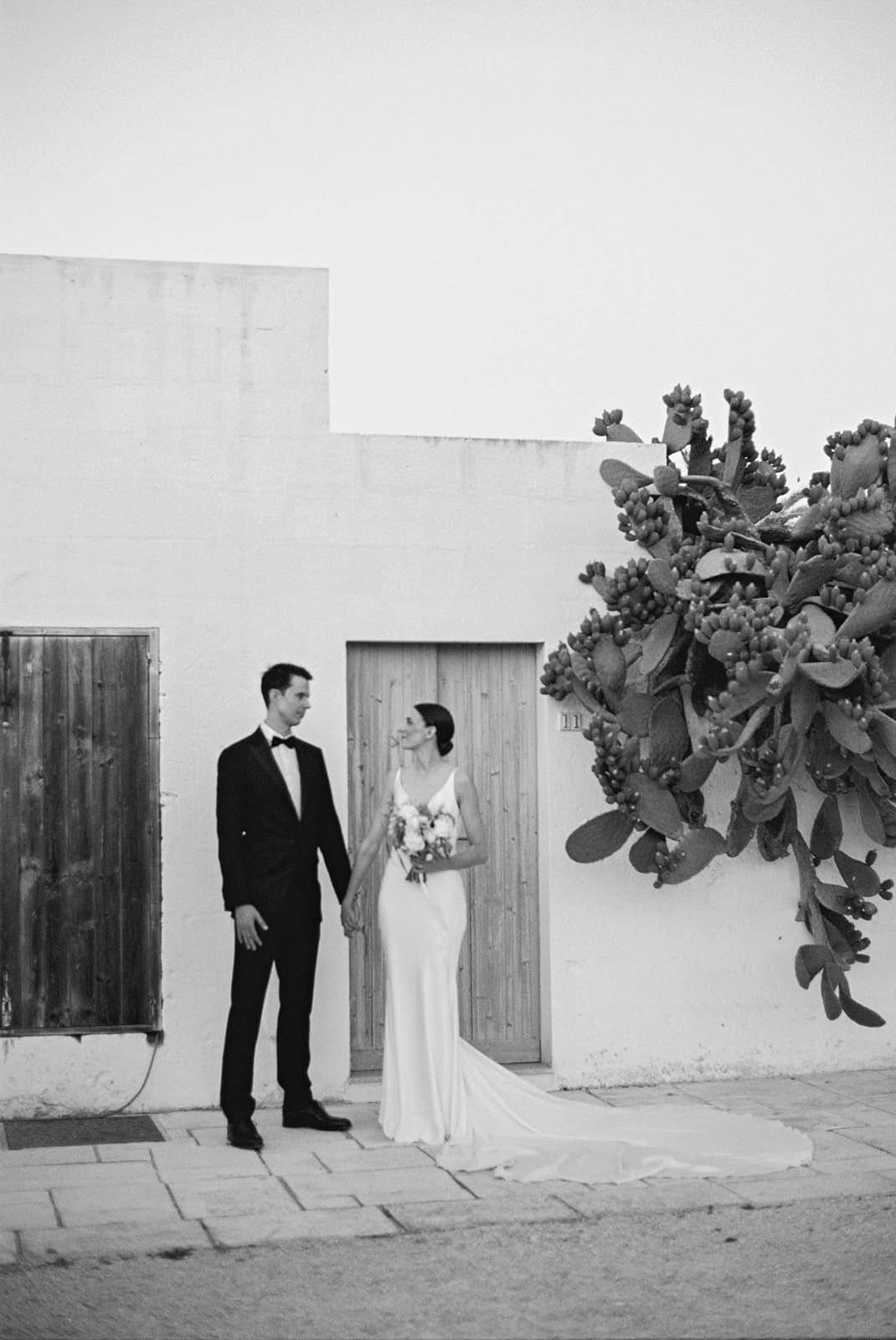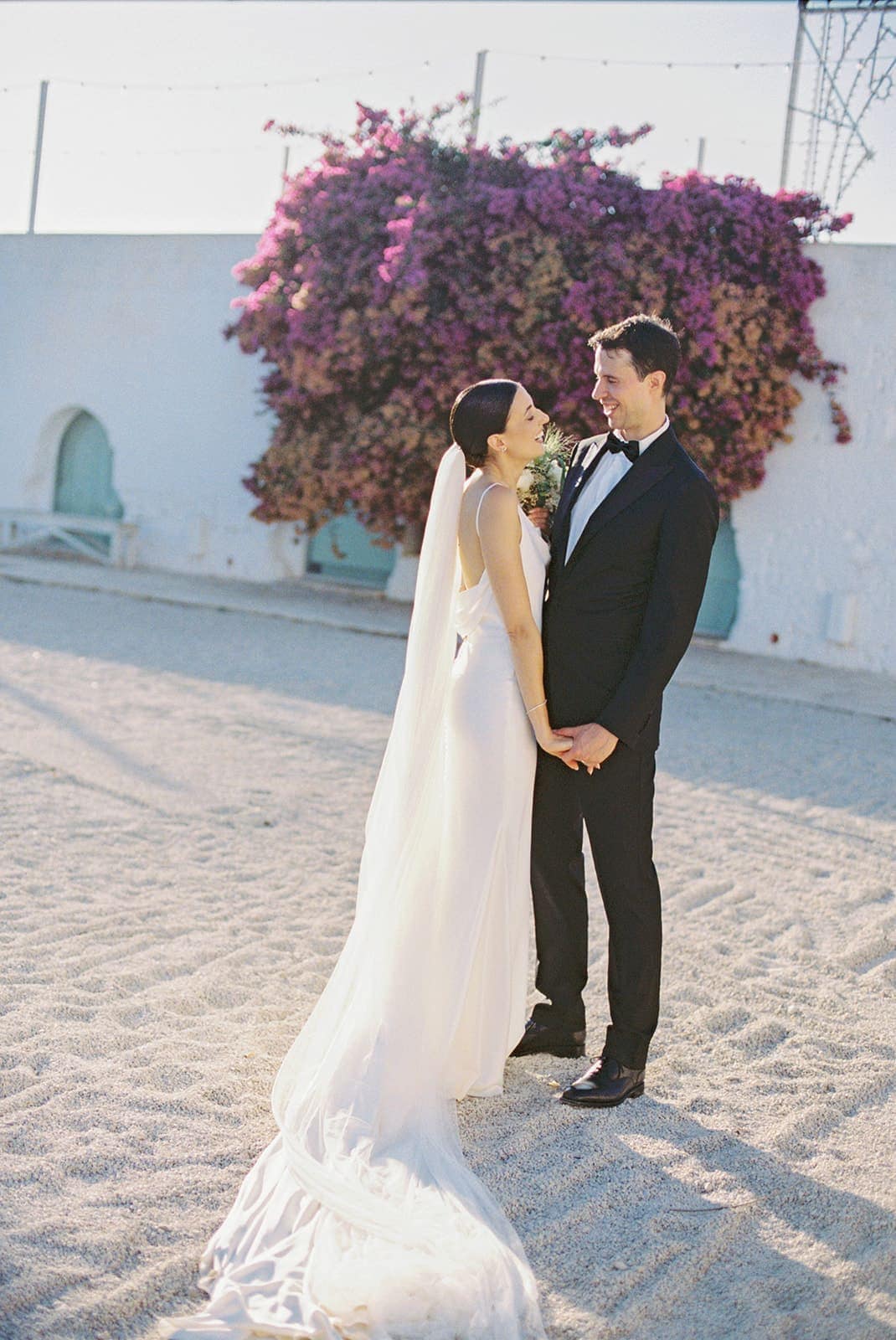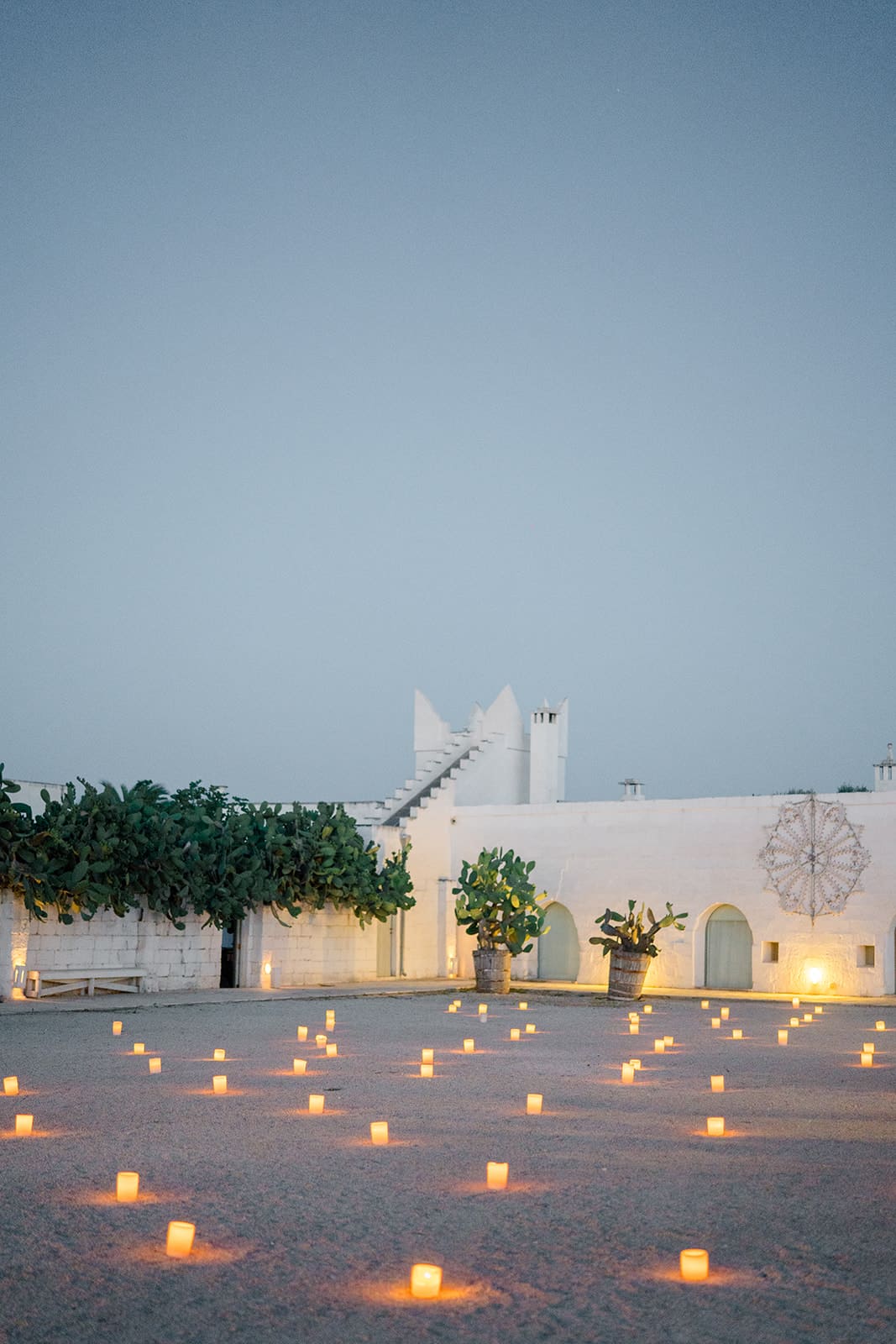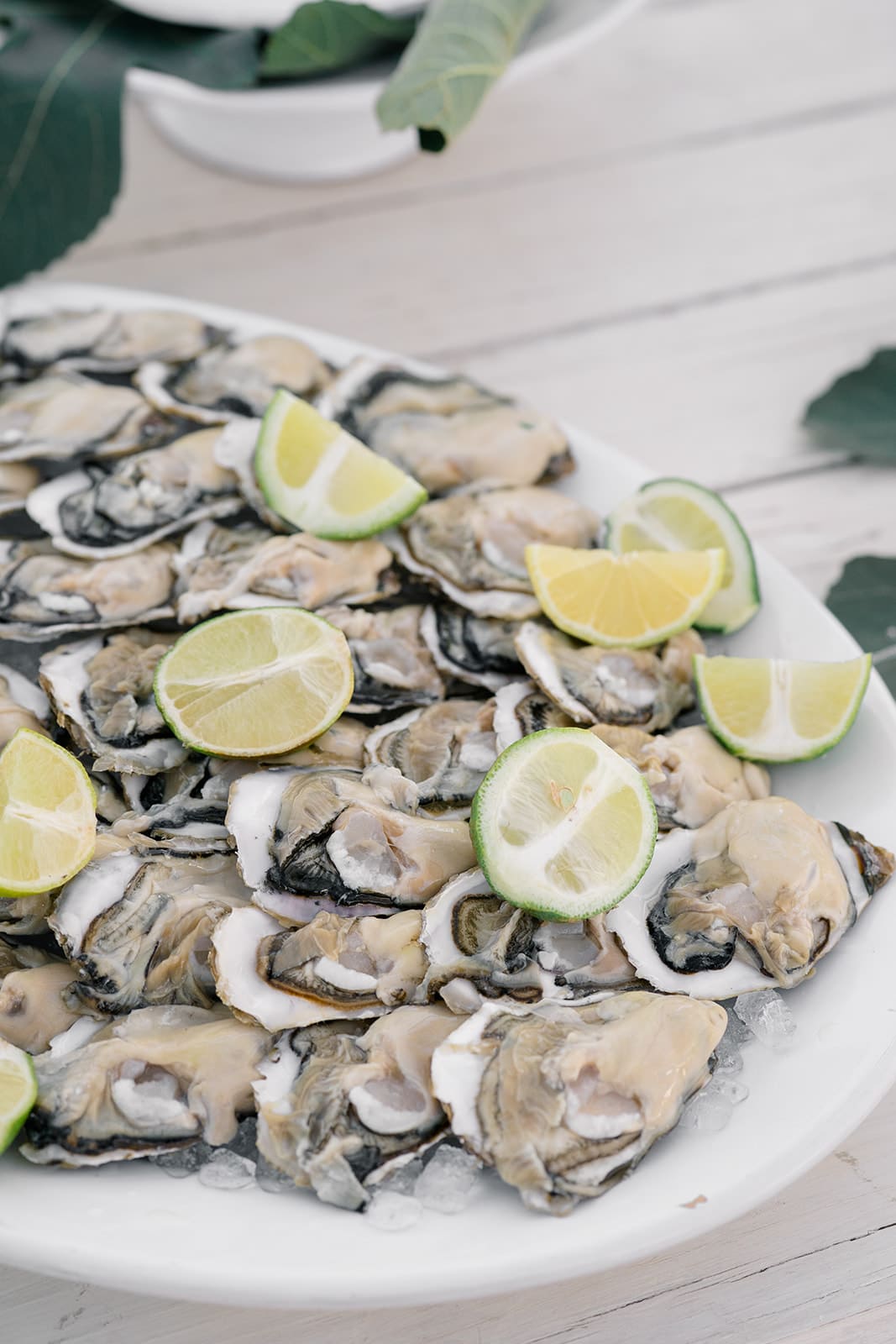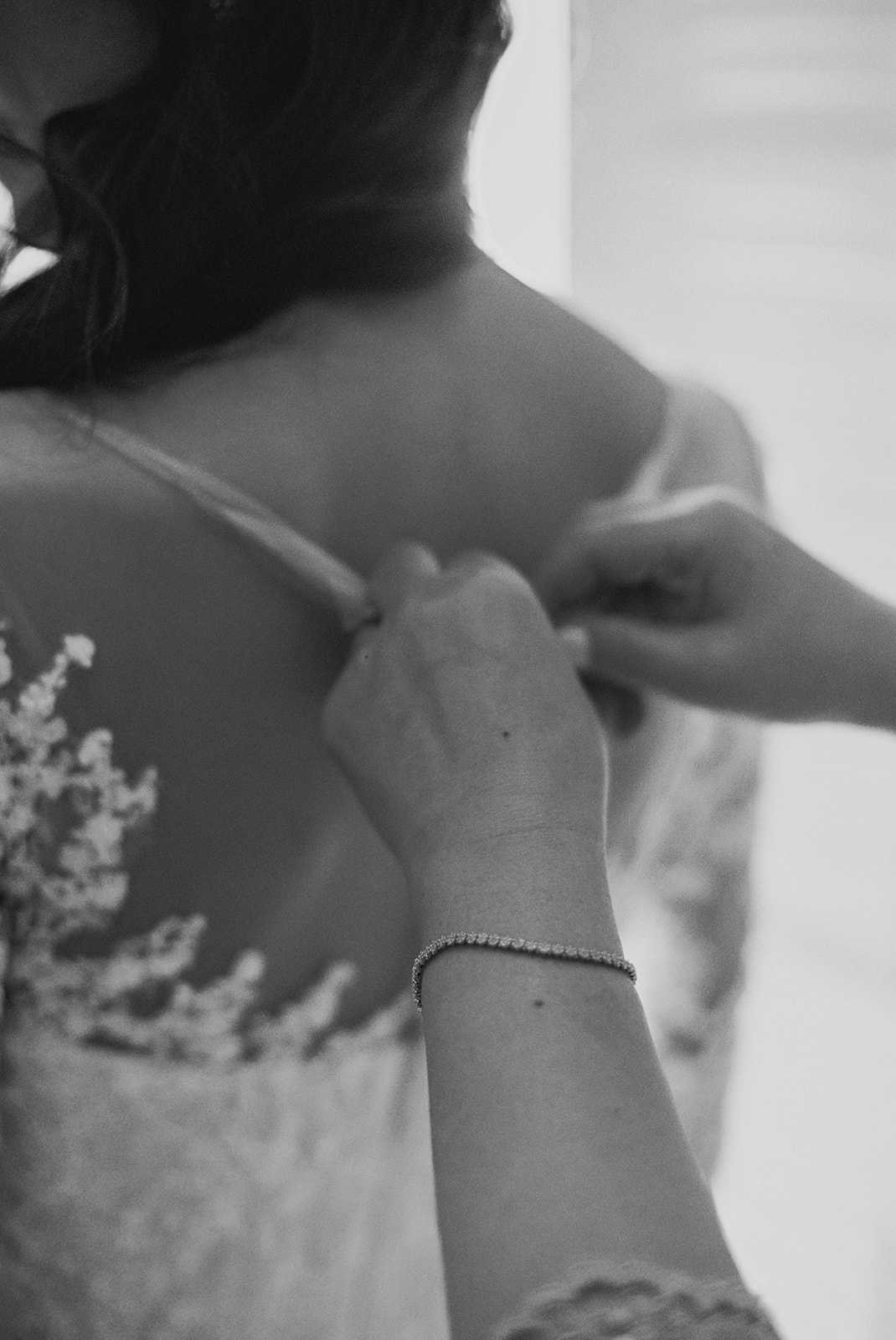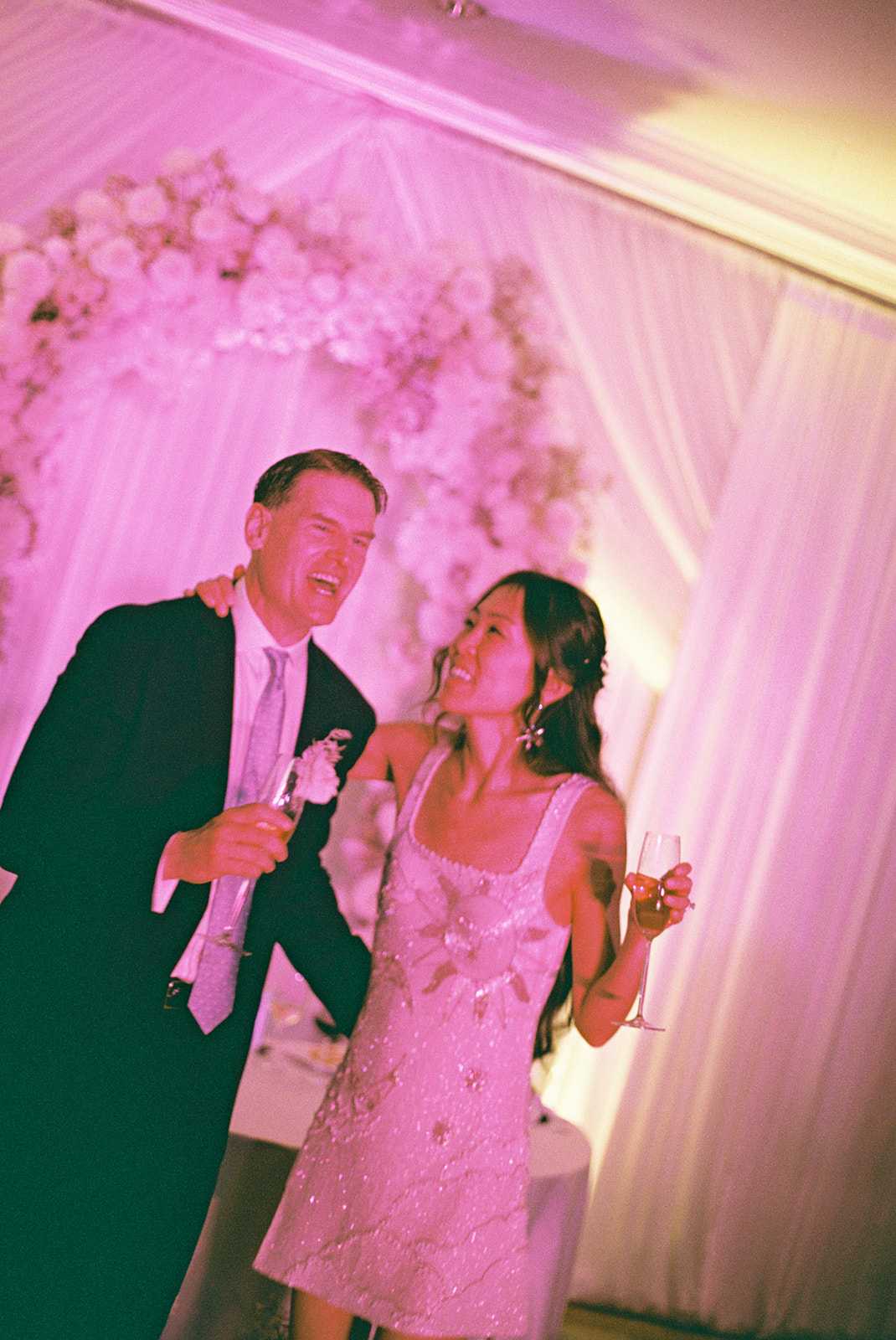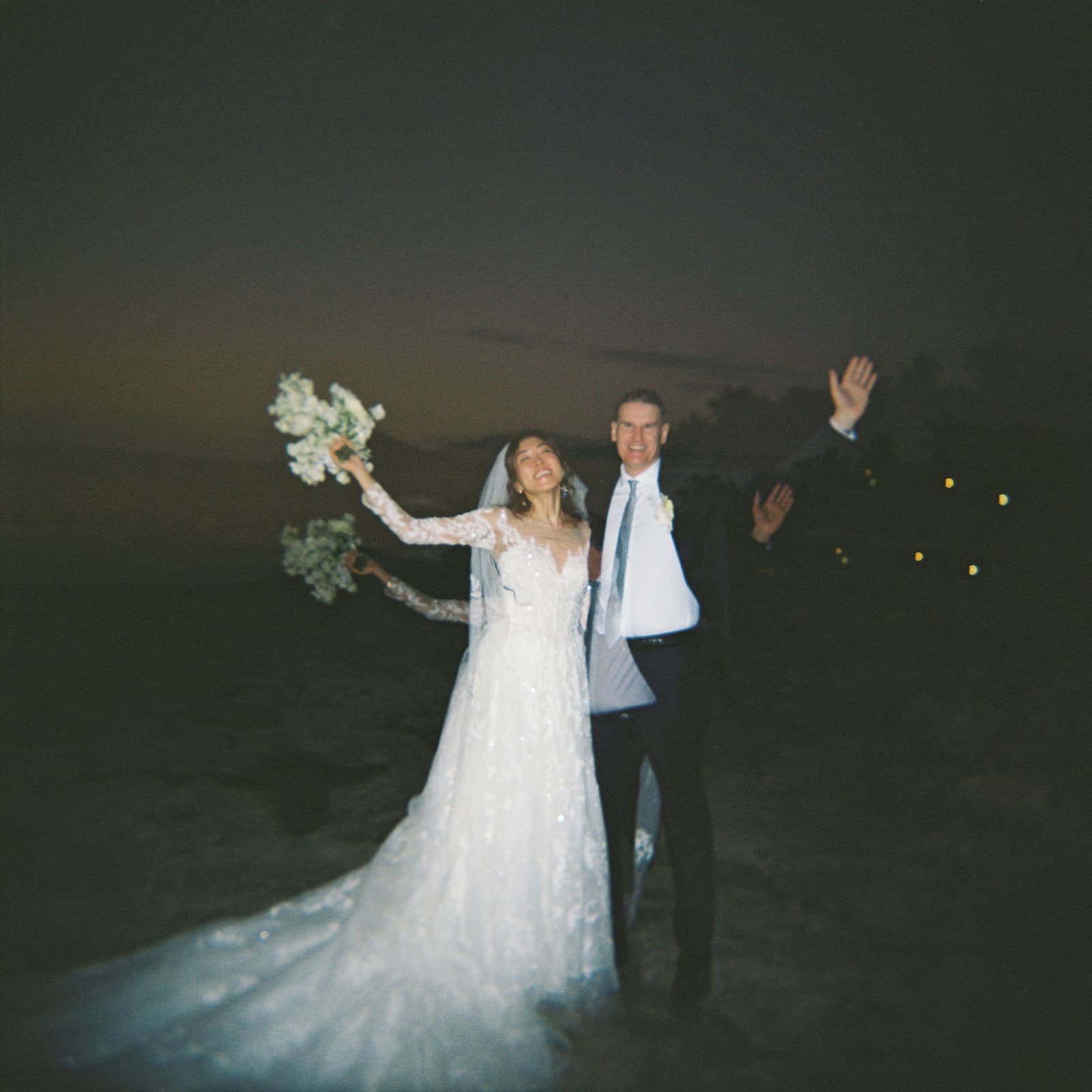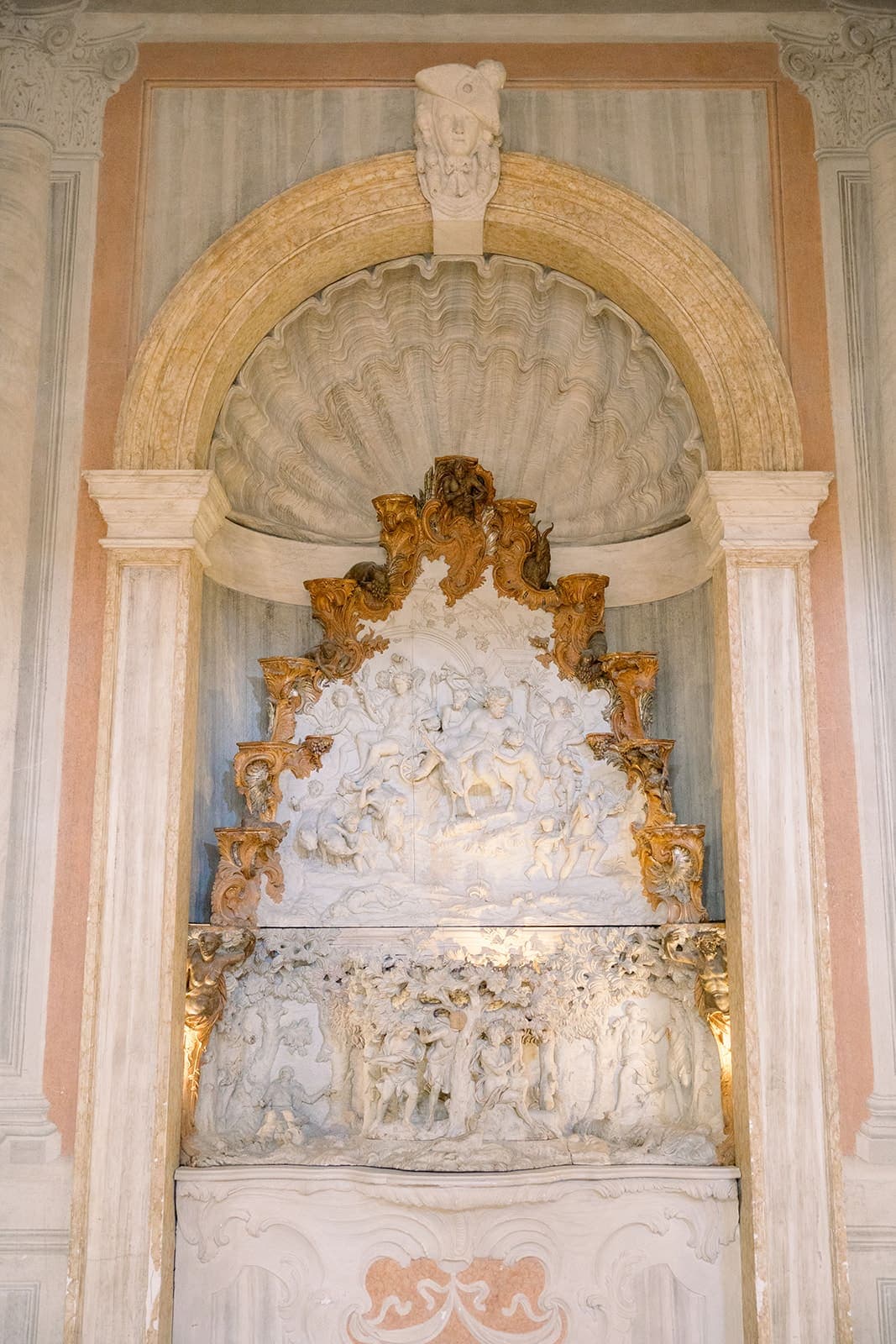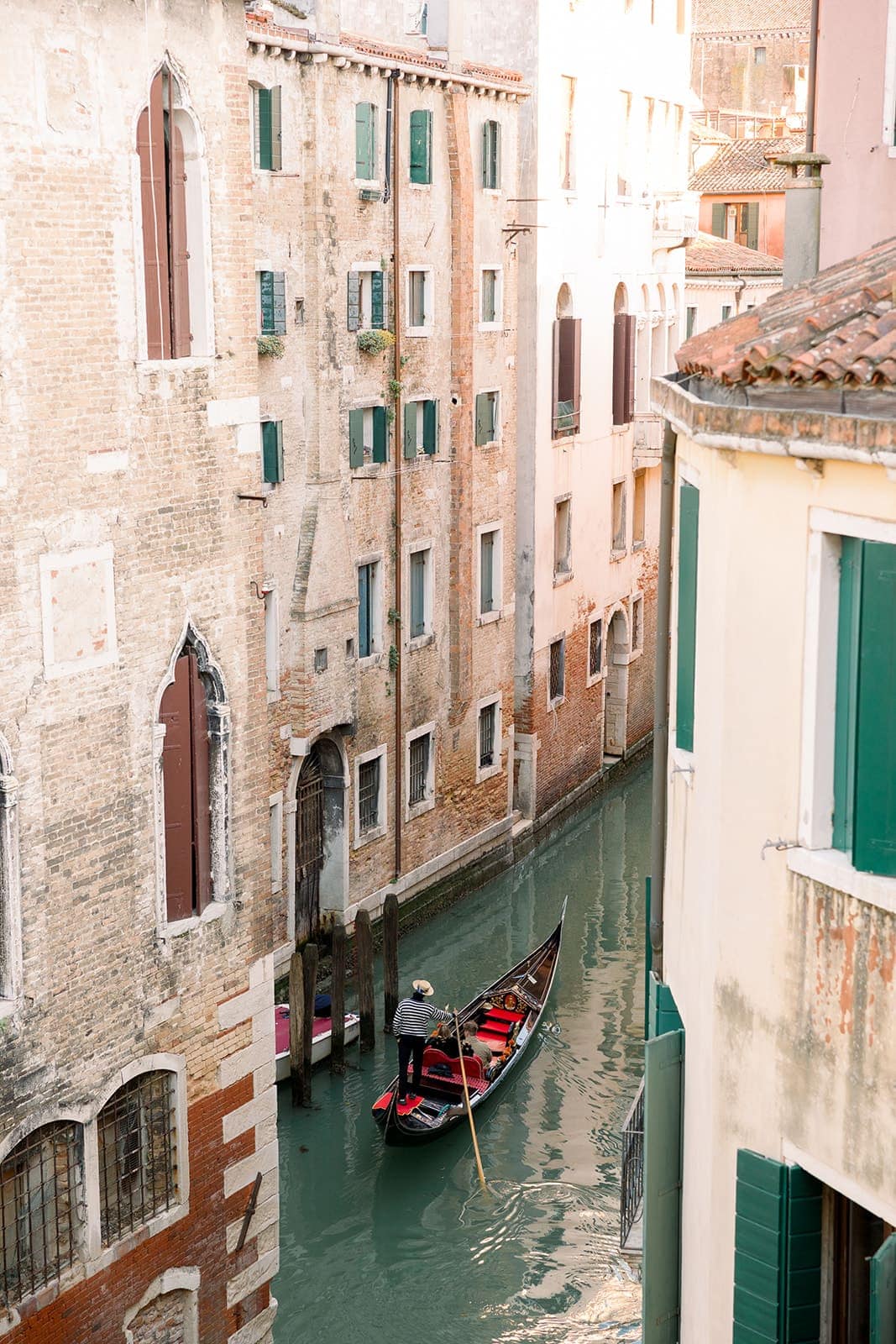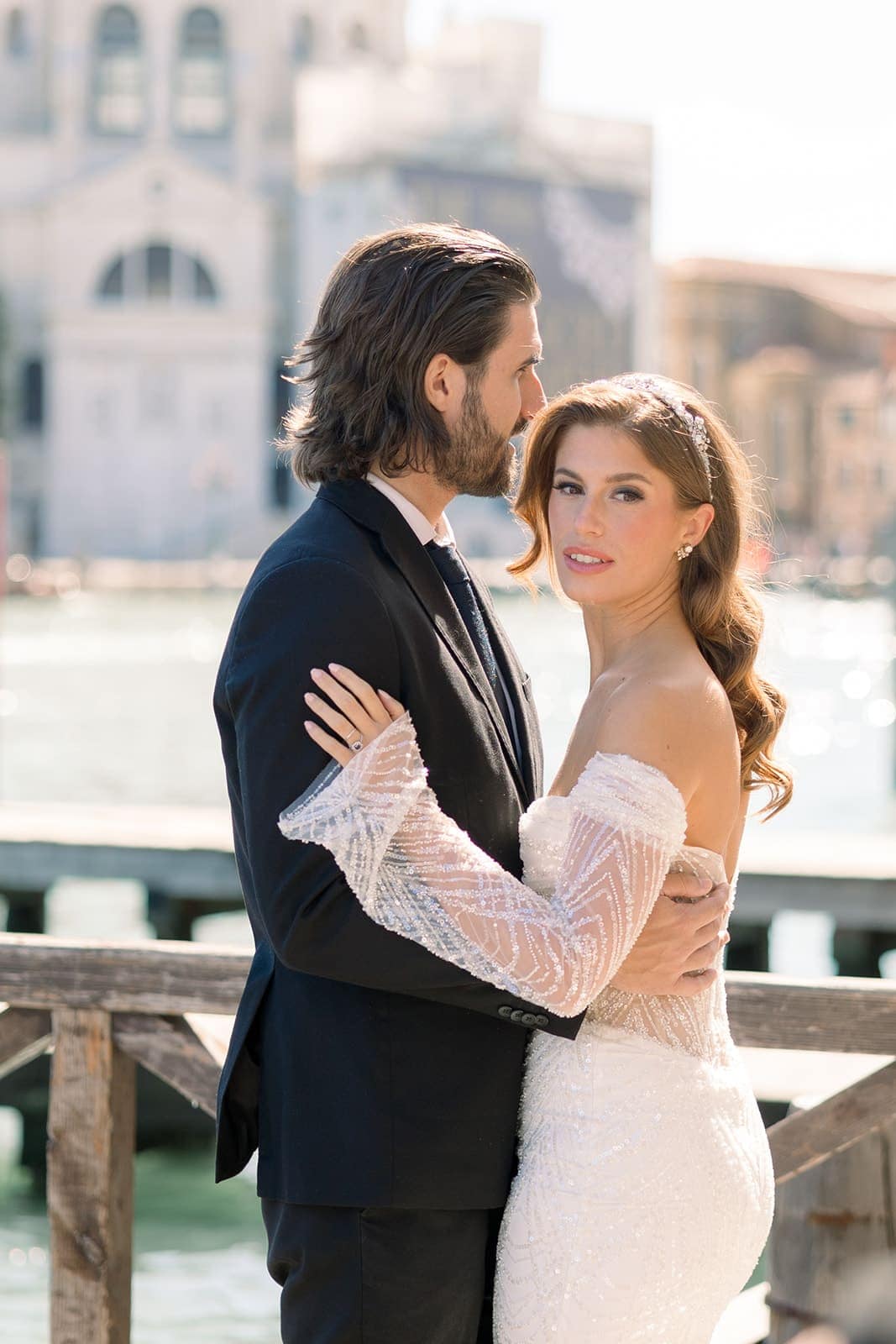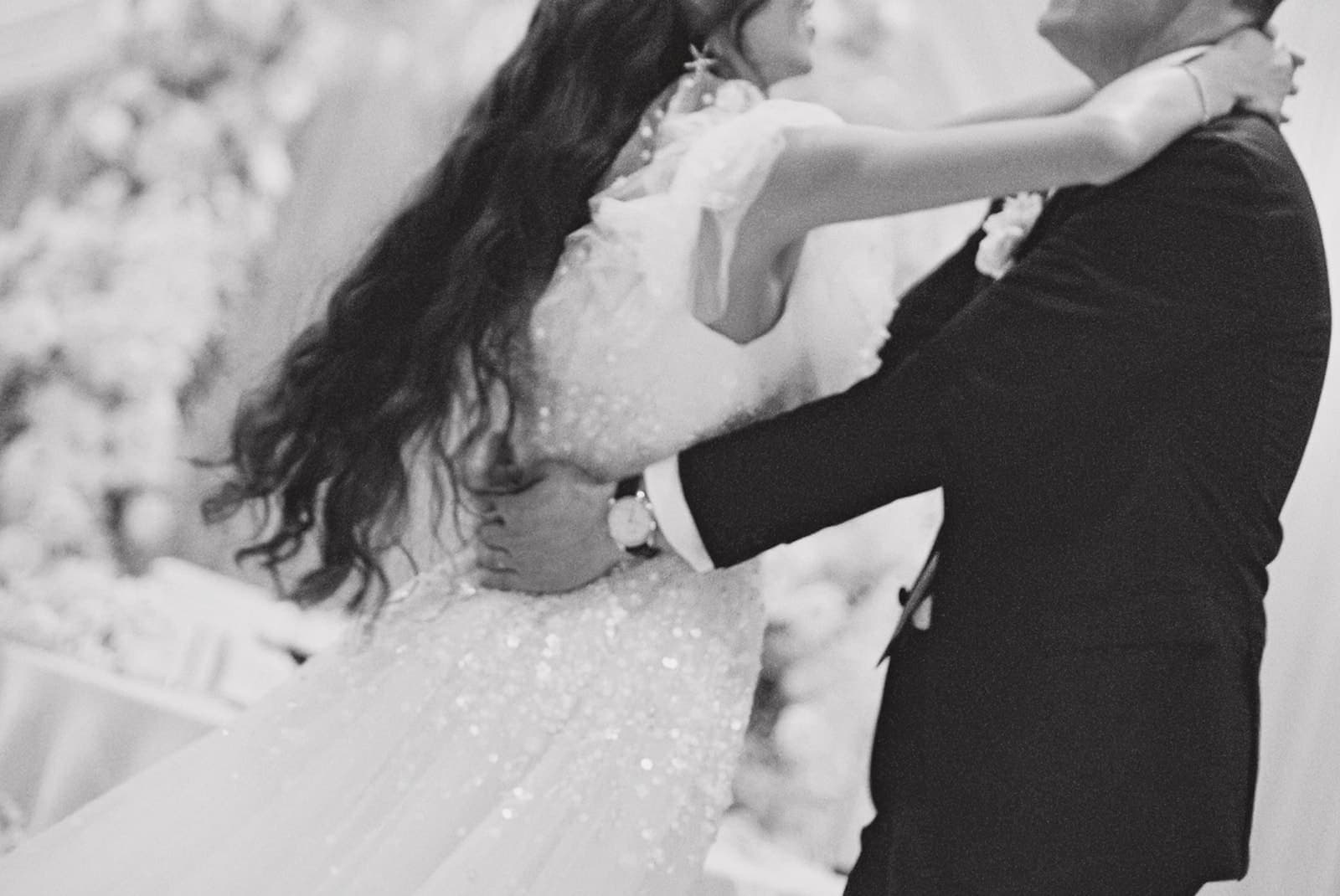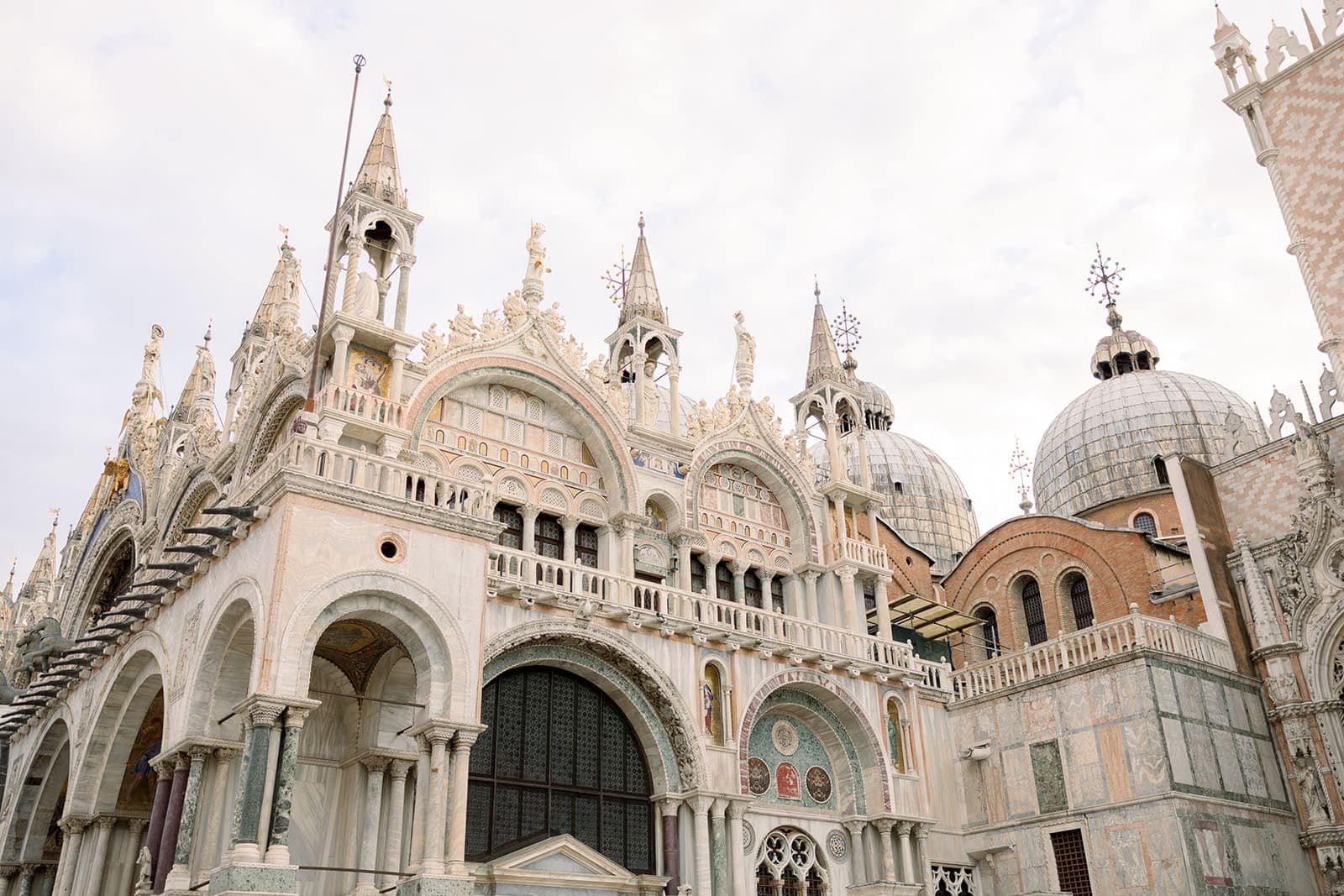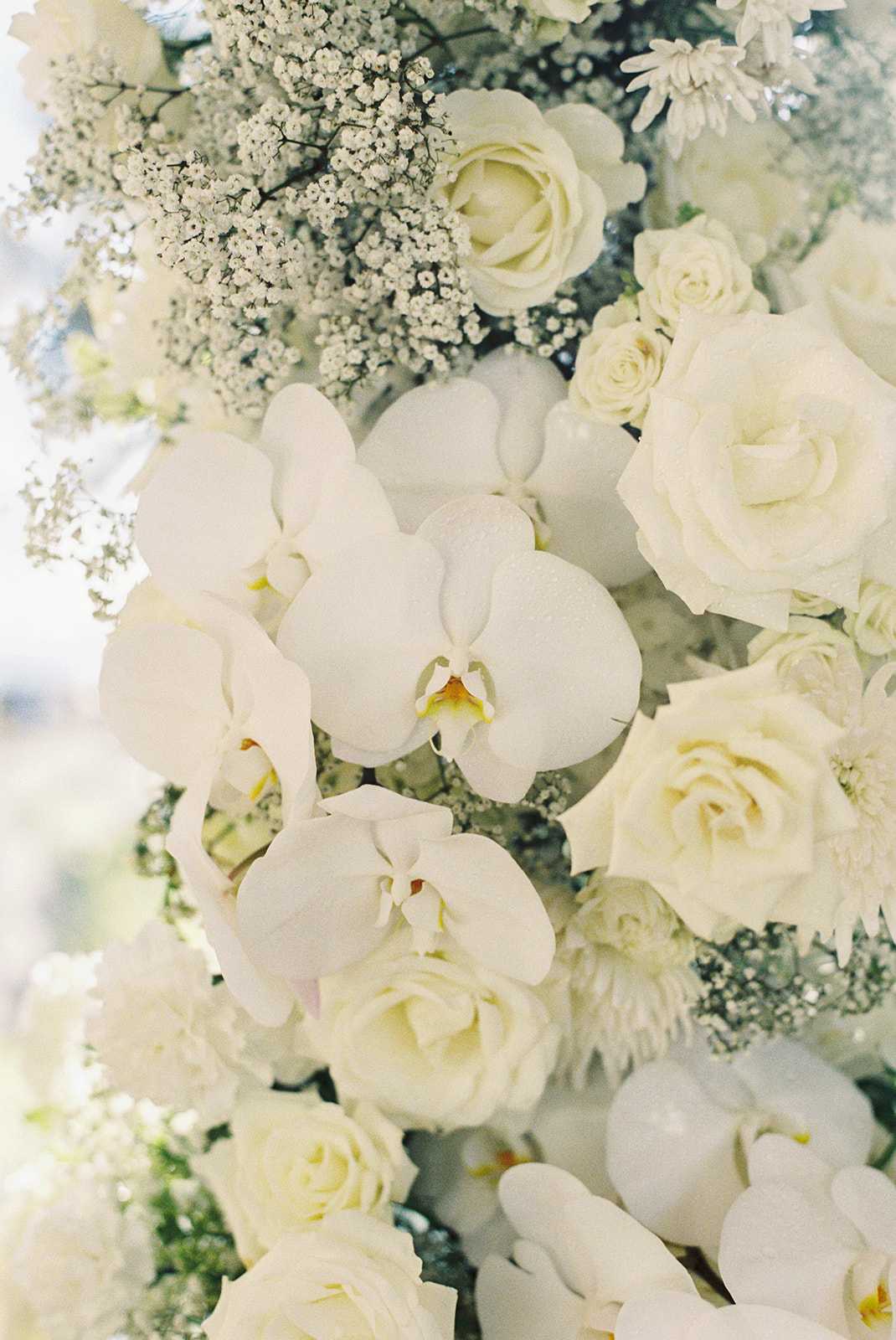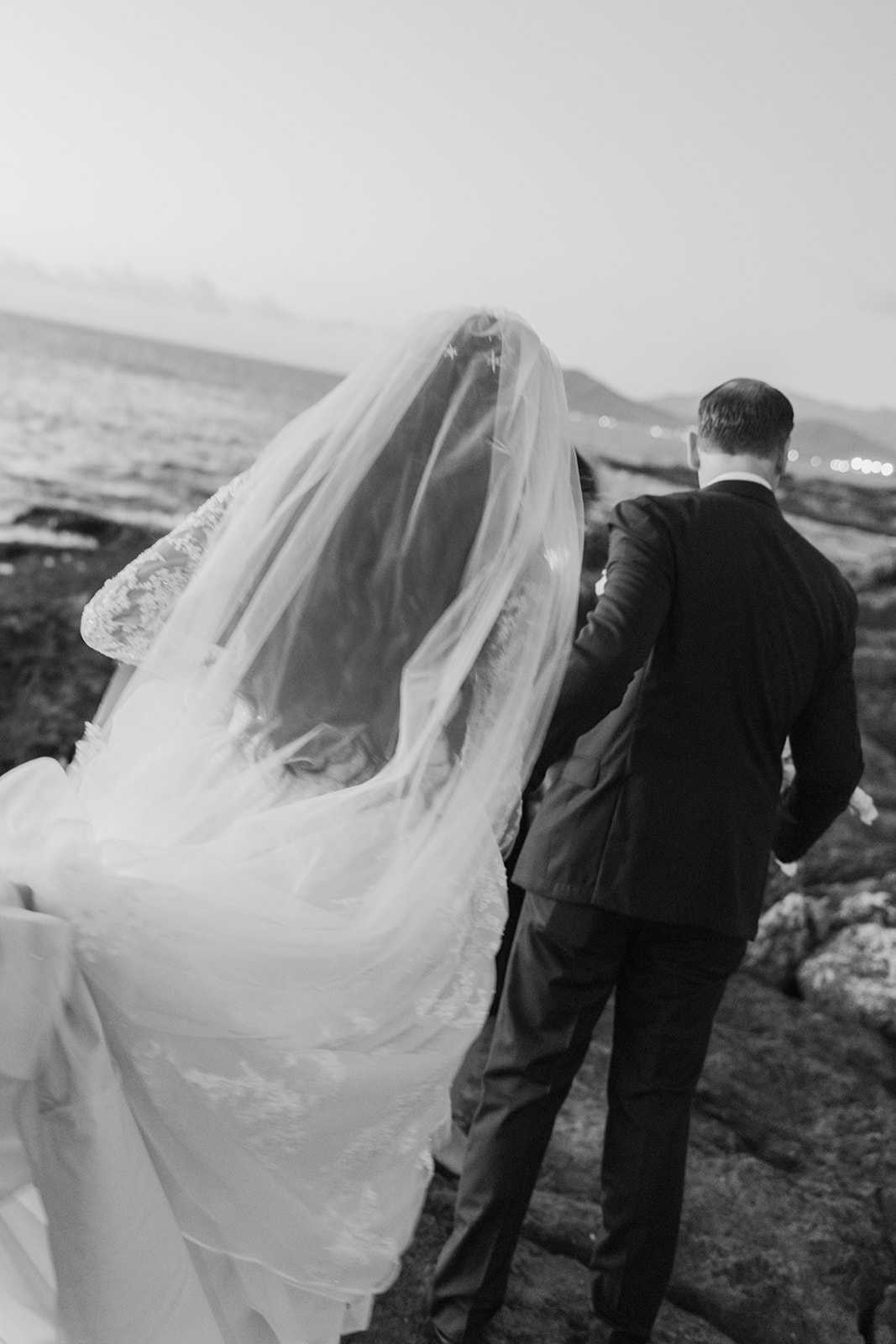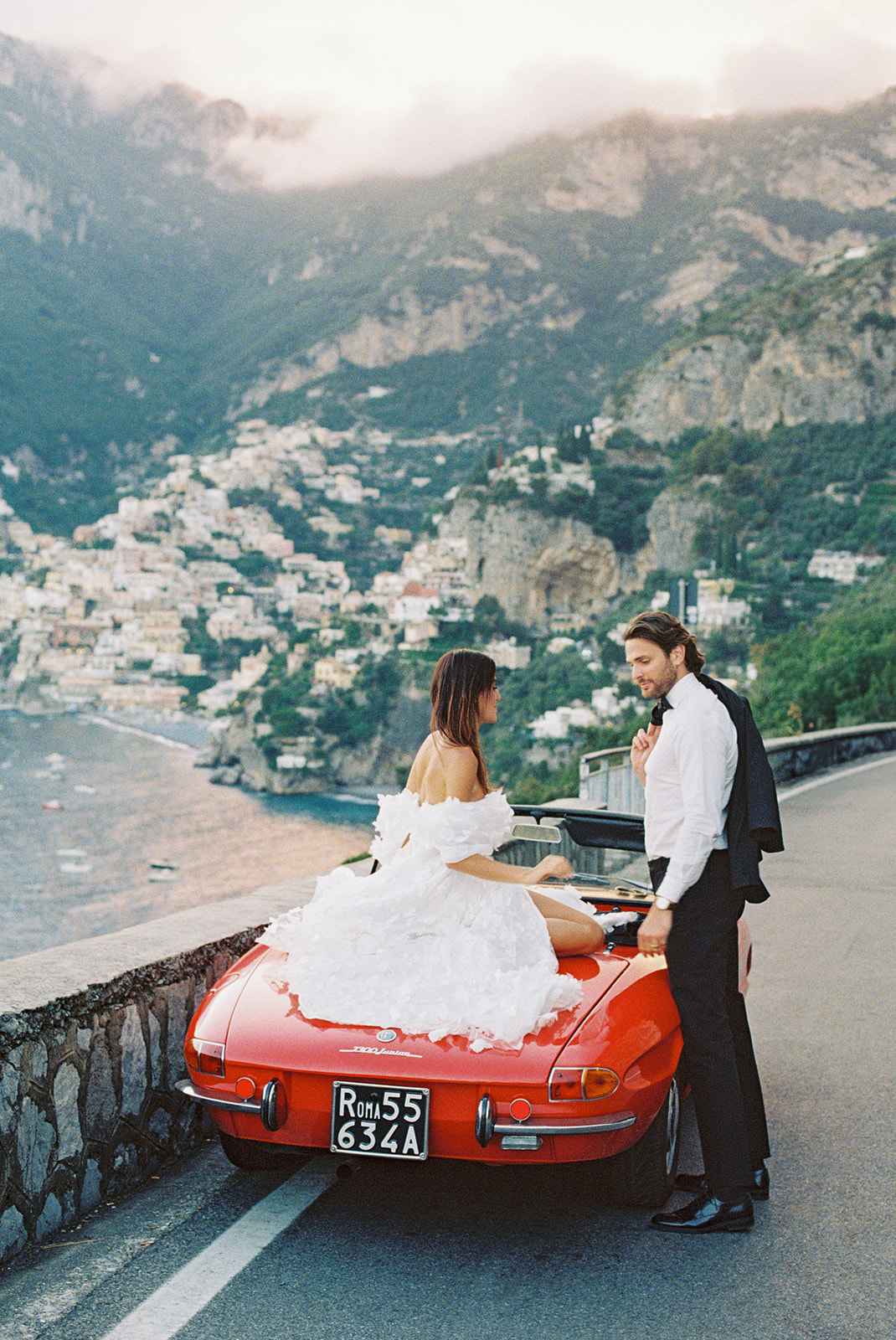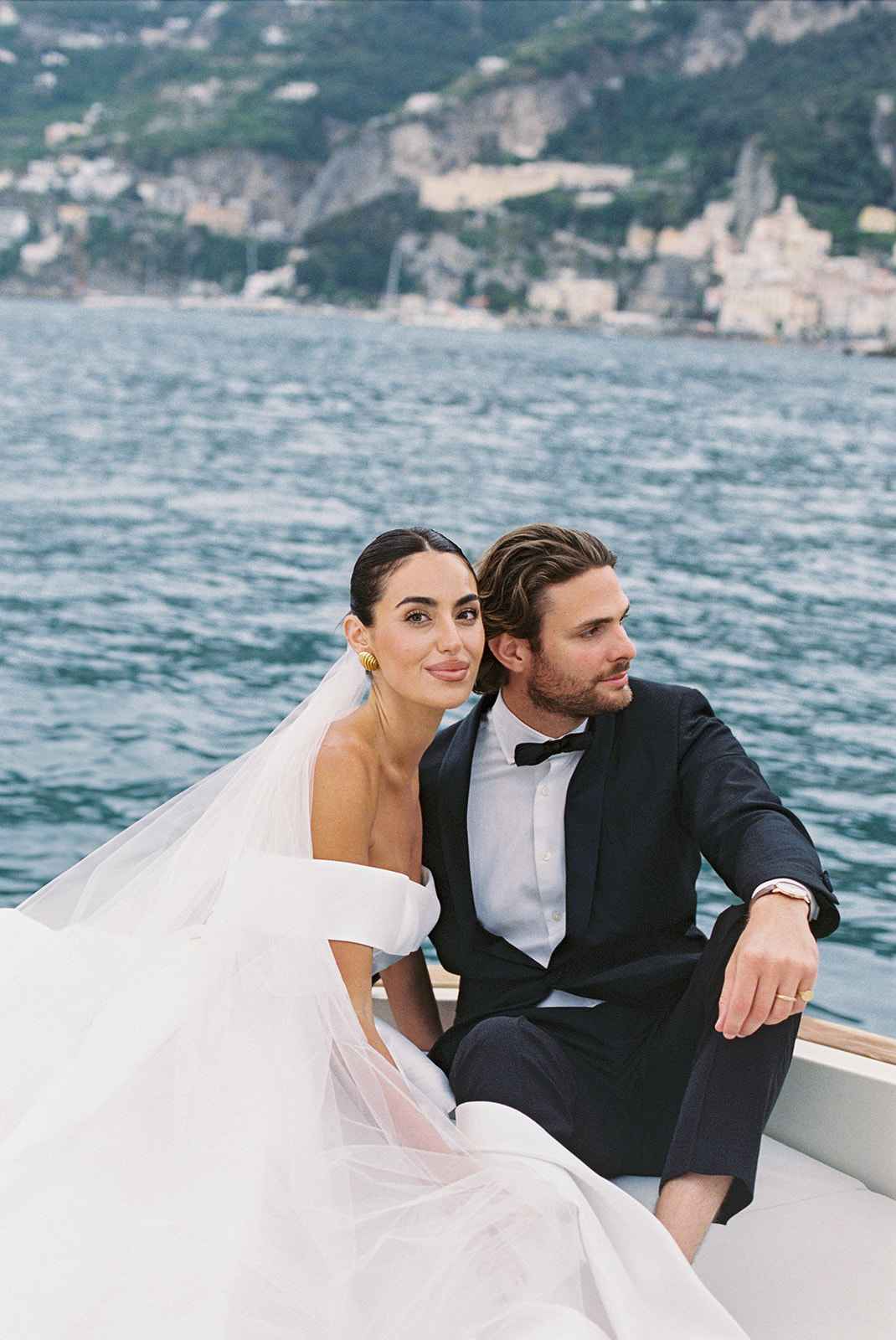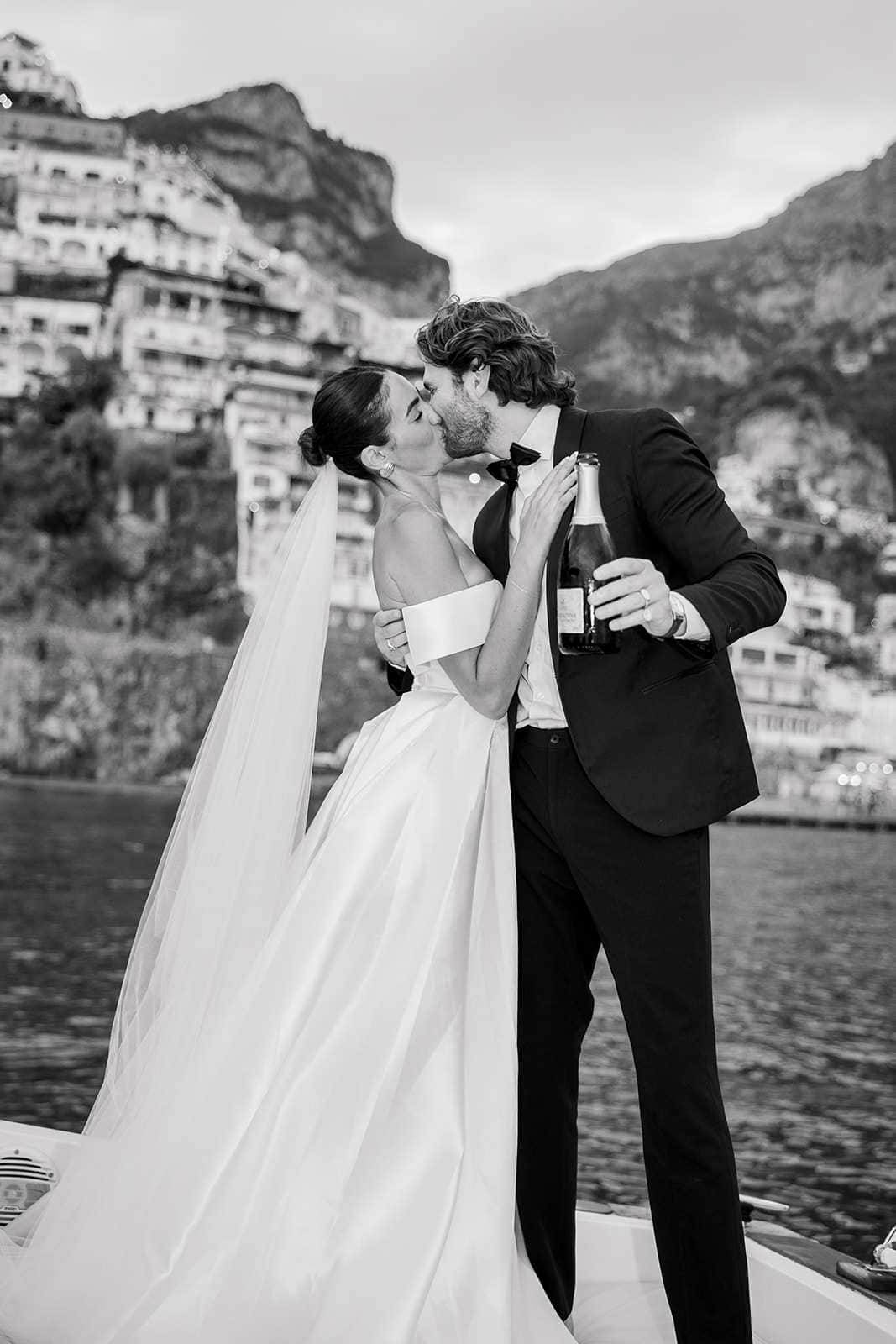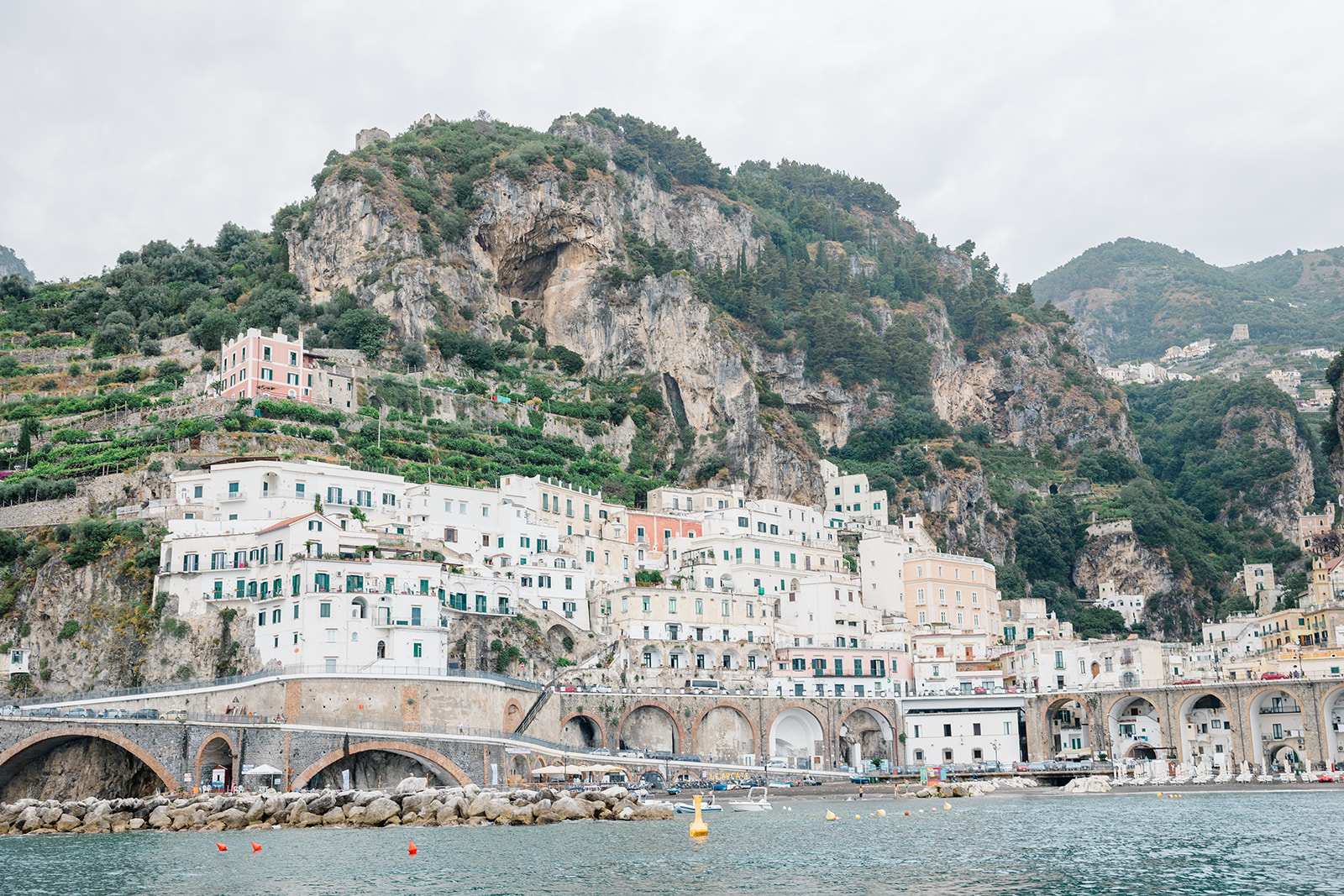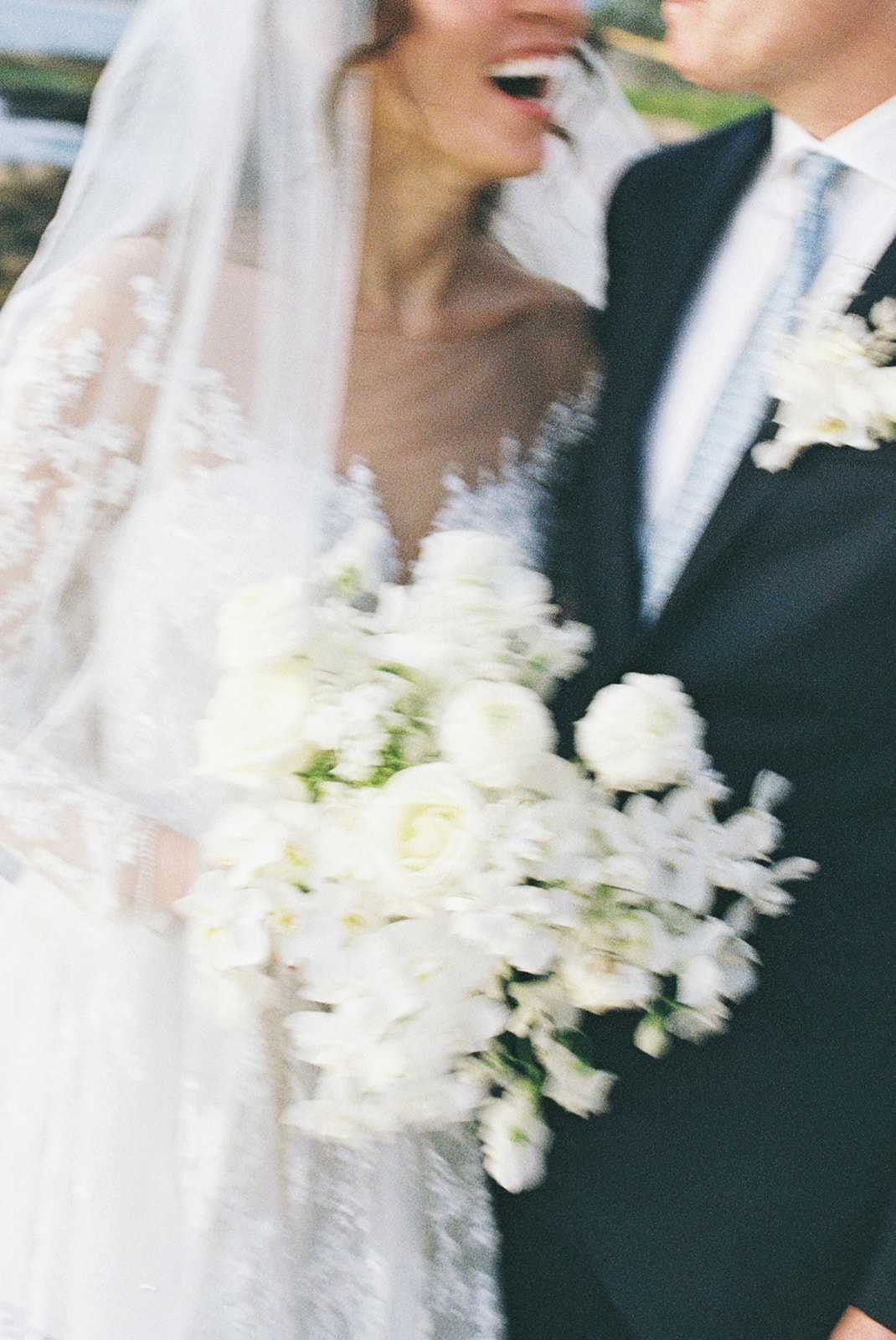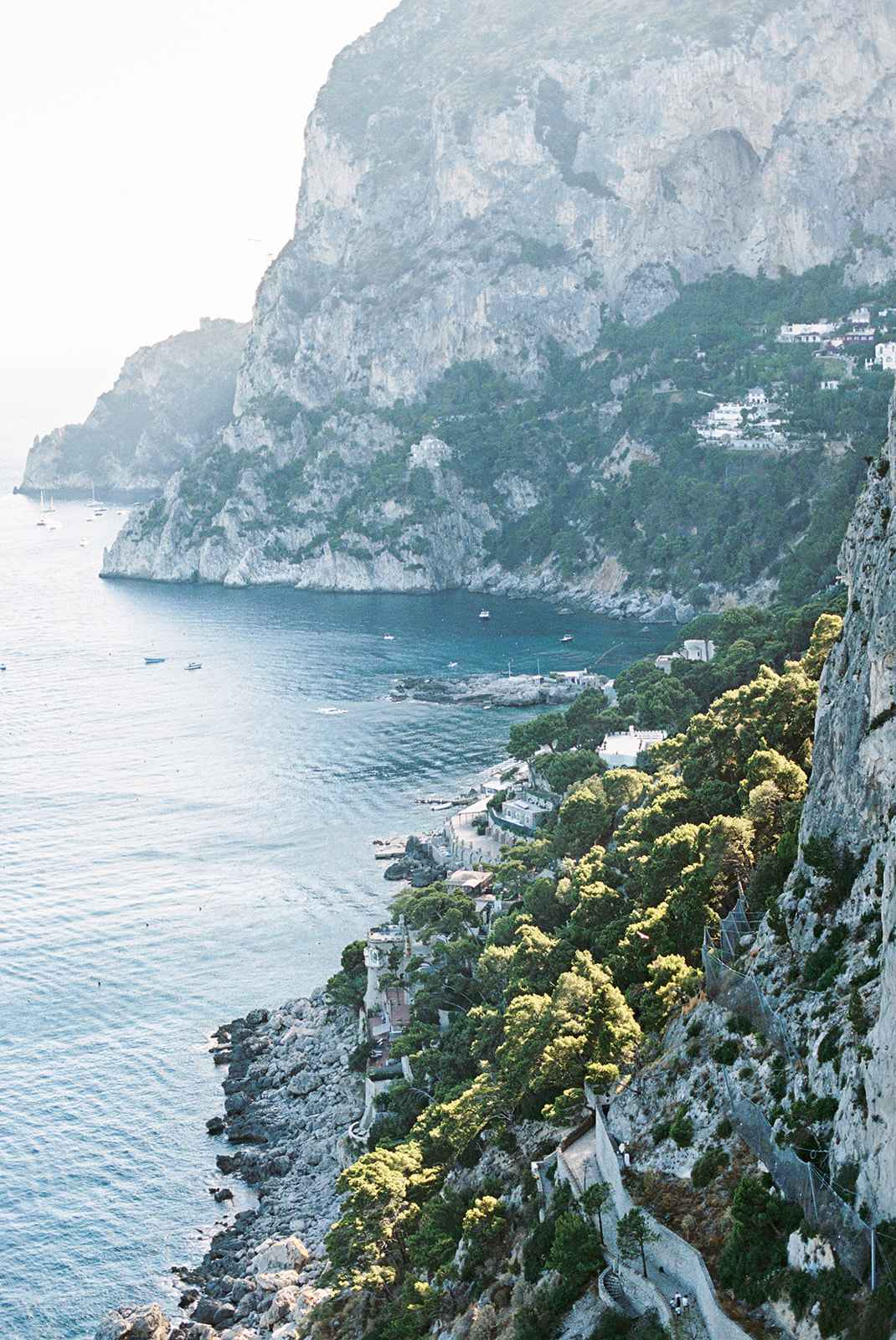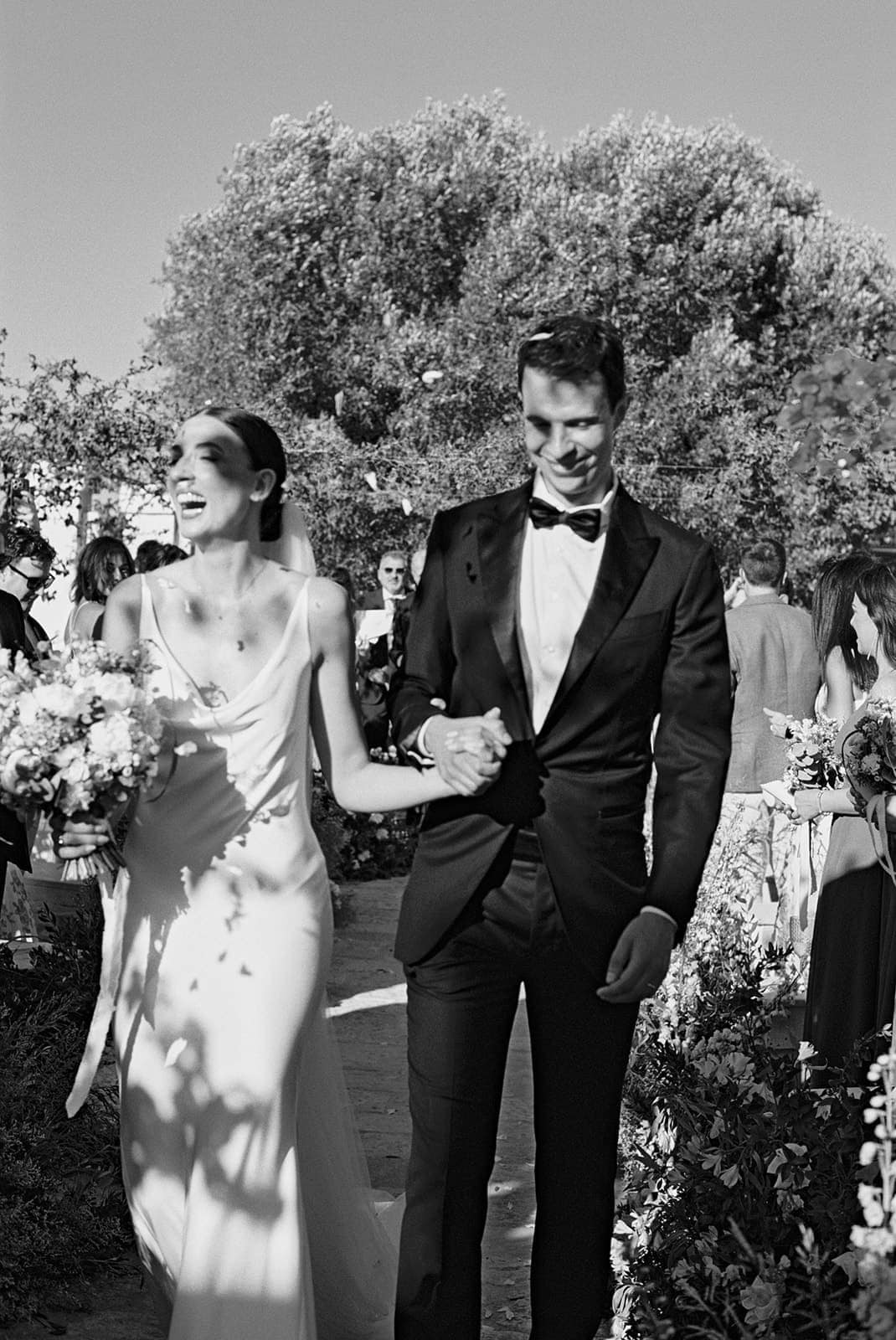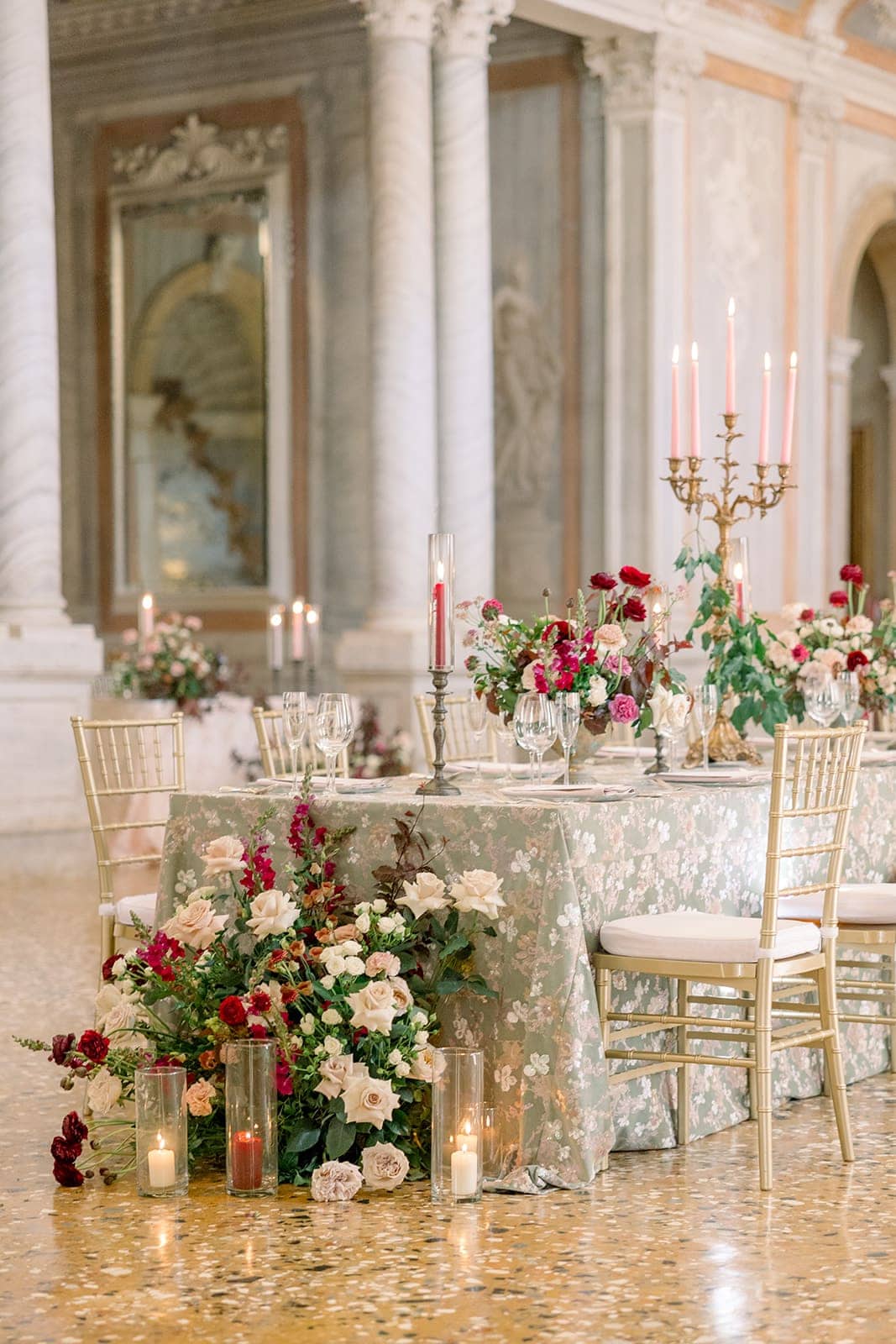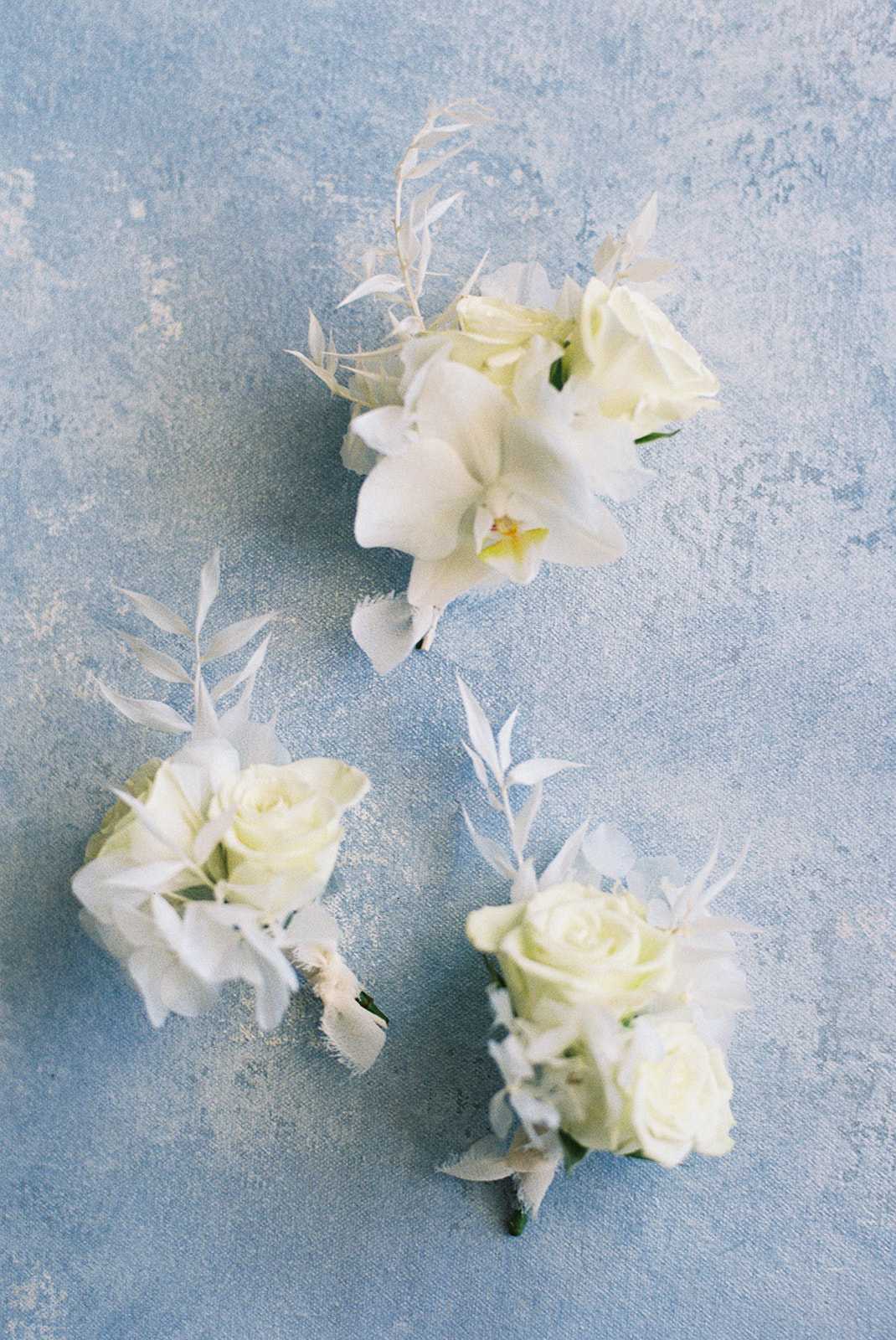
Why I love Film Photography
There’s no denying that the film photography has made an unmistakable comeback. The way a film camera captures moments is unlike any DSLR camera- the grain and grittiness of the photo create a series of imperfect, perfect pictures. As social media continues to paint images of perfect photos of people with perfect lives, families, and careers, film photos challenge this preconceived notion and add unique contrast.
Unlike modern photography, the film evokes a sense of nostalgia and timelessness in each photograph. When analyzing a film photo, the only way to depict the time era it was taken is by paying attention to small details such as clothing or trends or the background of the photo- adding a sense of mystery. Each photograph has its intentions and story, ensuring that no two will be exactly alike.
What film camera do I shoot with?
I often get asked about my film cameras! My go-to formats are 35mm and 120 (medium format) film, each offering its own distinct feel:
- 35mm film is a classic choice that’s versatile, slightly grainy, and has a nostalgic look, perfect for candid, documentary-style shots. It’s also great for beginners, as each roll has about 36 shots, giving more freedom to experiment and capture a variety of moments.
- 120 (medium format) film has larger frames, capturing stunning detail and depth, making it ideal for portraits and creating a sense of intimacy and richness. Each roll typically has only 10-16 shots, so it requires more intention and planning, but the results are incredibly immersive.
Throughout the wedding day, I switch between formats based on lighting, venue, and the mood I want to achieve. Each film type has a unique way of capturing light and atmosphere, making every shot feel truly one-of-a-kind.
How to get started in film photography
The notorious question that many want the answers to. With film photography on the rise, this has increased interest and desire to try out this finicky artistic side of photography. I’ve compiled a few of my top recommendations from frequently asked questions from beginners interested in getting into the film photography industry.
Which film camera should I get?
For those wanting to get into and try film photography- I recommend one of these two cameras- Canon AE-1 or a camera that is 35mm. Let’s start with the Canon AE-1; this trusty camera is known for its durability and reliability, especially for a beginner! A camera that shoots 35mm film is my other recommendation for its widespread format, which is versatile with a wide variety of equipment.
Where to buy film cameras?
The options for this question are endless. Some people have antique cameras passed down from older family members to use ( I am incredibly jealous!). Others enjoy the conquest of rummaging through thrift stores until they find the perfect one. If you want to purchase one from a store to avoid the risk of the camera needing repairs, I would suggest checking out KEH, Roberts Camera, or B&H. Buying from a dealer will be slightly more expensive, but you have assured peace of mind and reliability.
Film and where to find it
For beginners, I recommend starting with color film, as it’s more affordable than black and white, and the easiest to develop. Mistakes are common when learning film photography, so going with a cost-effective option is a smart move.
When buying film, most camera stores will have a variety of options. Always check the expiration date—expired film can yield unpredictable results due to chemical changes over time, which may affect the quality of your images. A couple of my favorite online film retailers are KEH and B&H.
Where to develop film?
If you are interested in doing film photography, then it’s no surprise that you will need to take it to a lab to get it developed. Most cities have labs accessible to those needing one, but there are also mail options. When getting your film printed, you can usually expect to get digital and paper copies of your photos. Some also offer cut-rate processing, which means getting rid of your negatives and downloading your scans. I advise you not to do this! Keep the negatives just in case you want to get scans again in the future or have them reprinted!
In Conclusion
My passion for film photography has brought such joy and depth to my work. For me, film is the perfect touch to elevate my clients’ experiences, adding a layer of uniqueness to every shoot. Shooting film has not only challenged and expanded my creative skills but has also transformed my clients’ galleries with images that feel natural, raw, and authentic—qualities that digital simply can’t replicate. If you’re curious about film or considering adding it to your photography offerings, I wholeheartedly recommend it.

More Related Topics
+ view the comments
